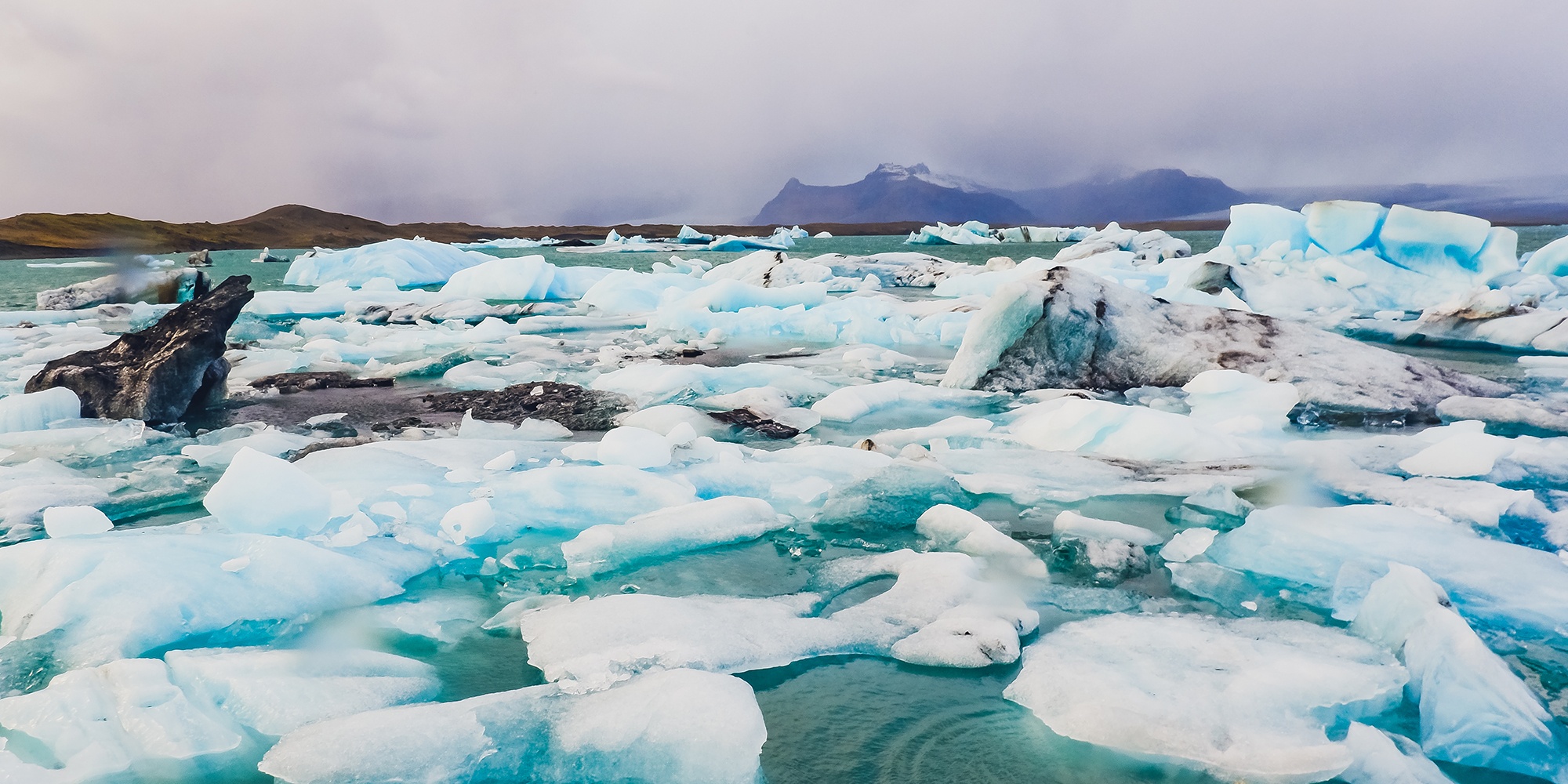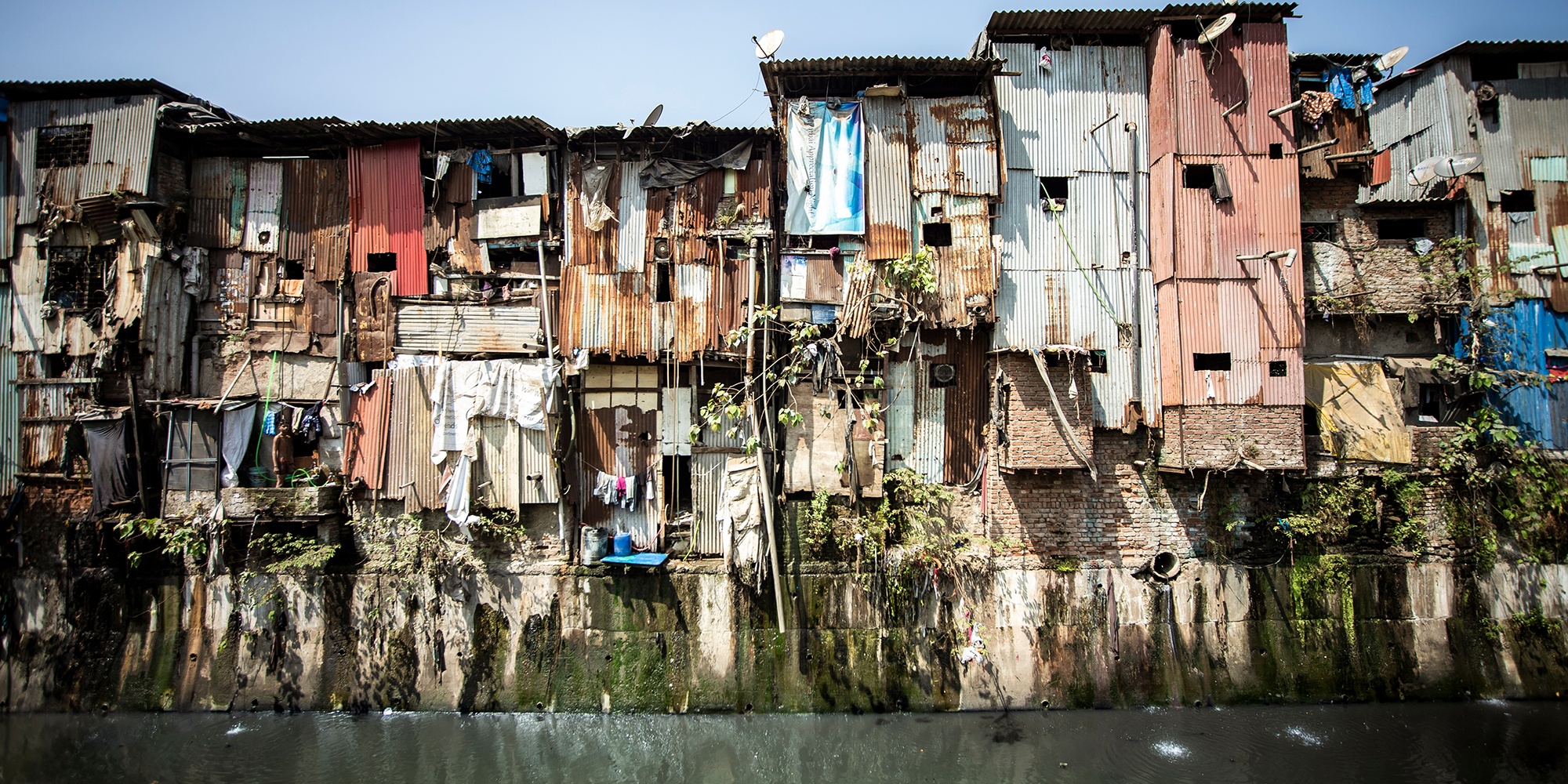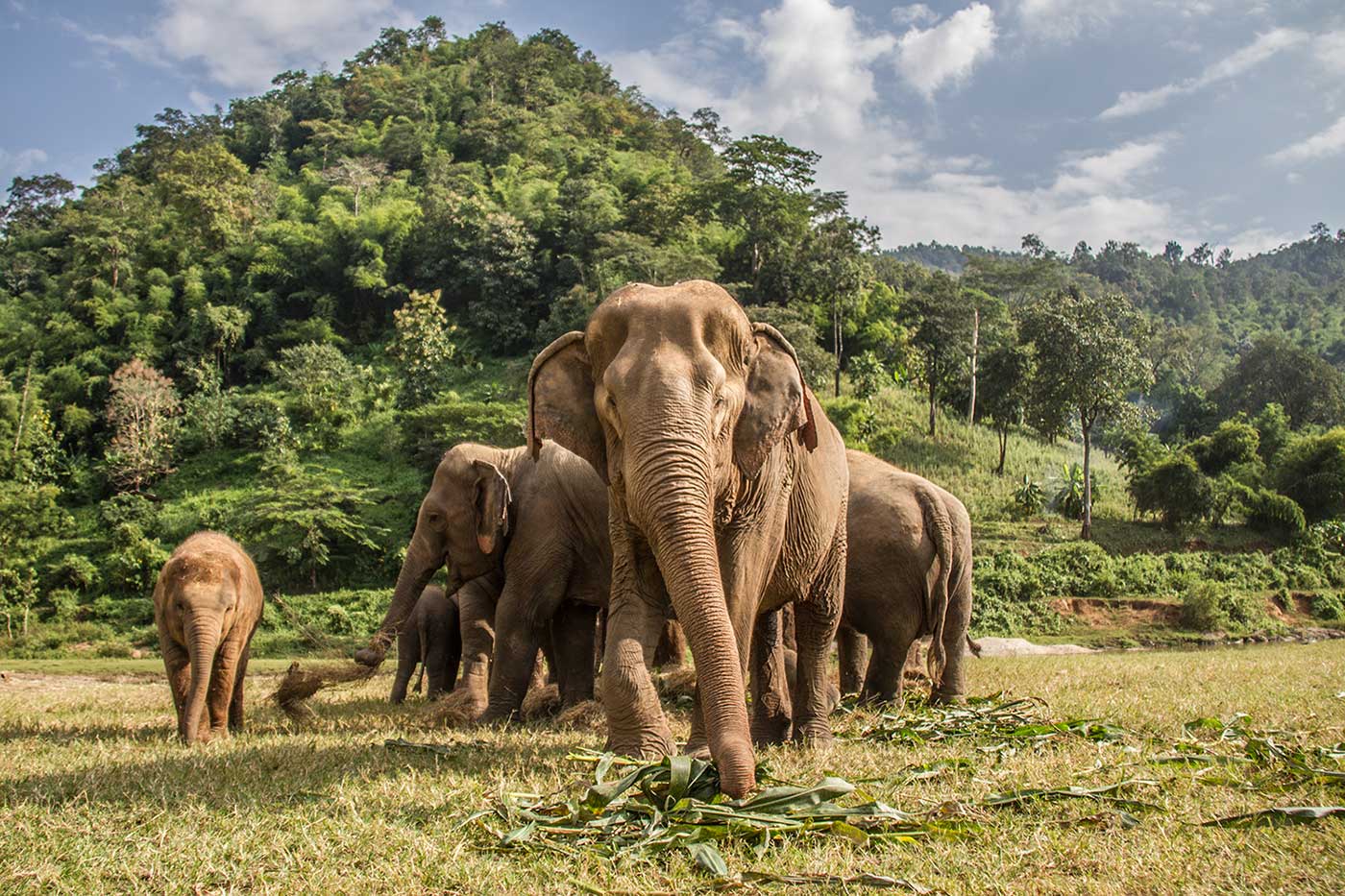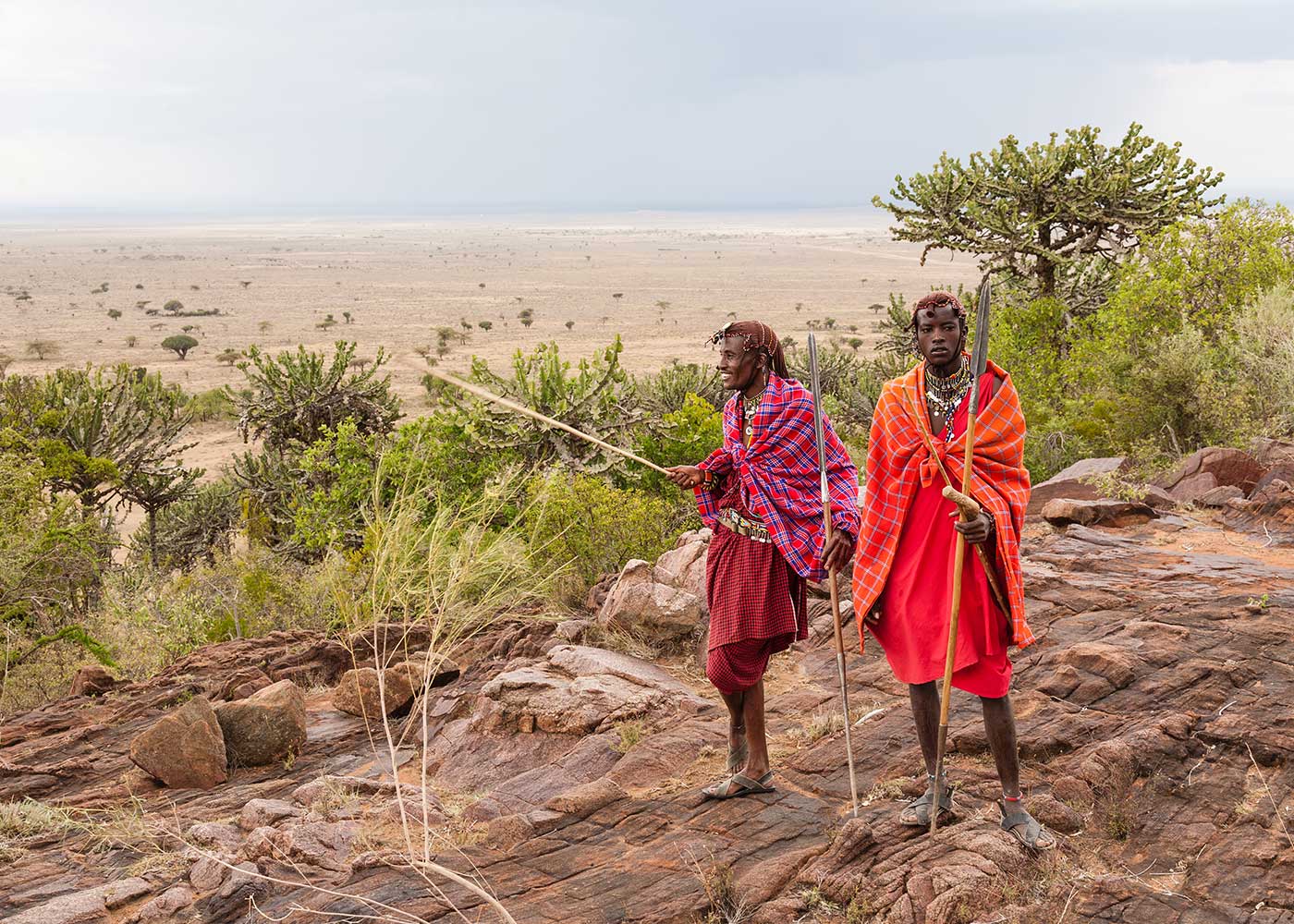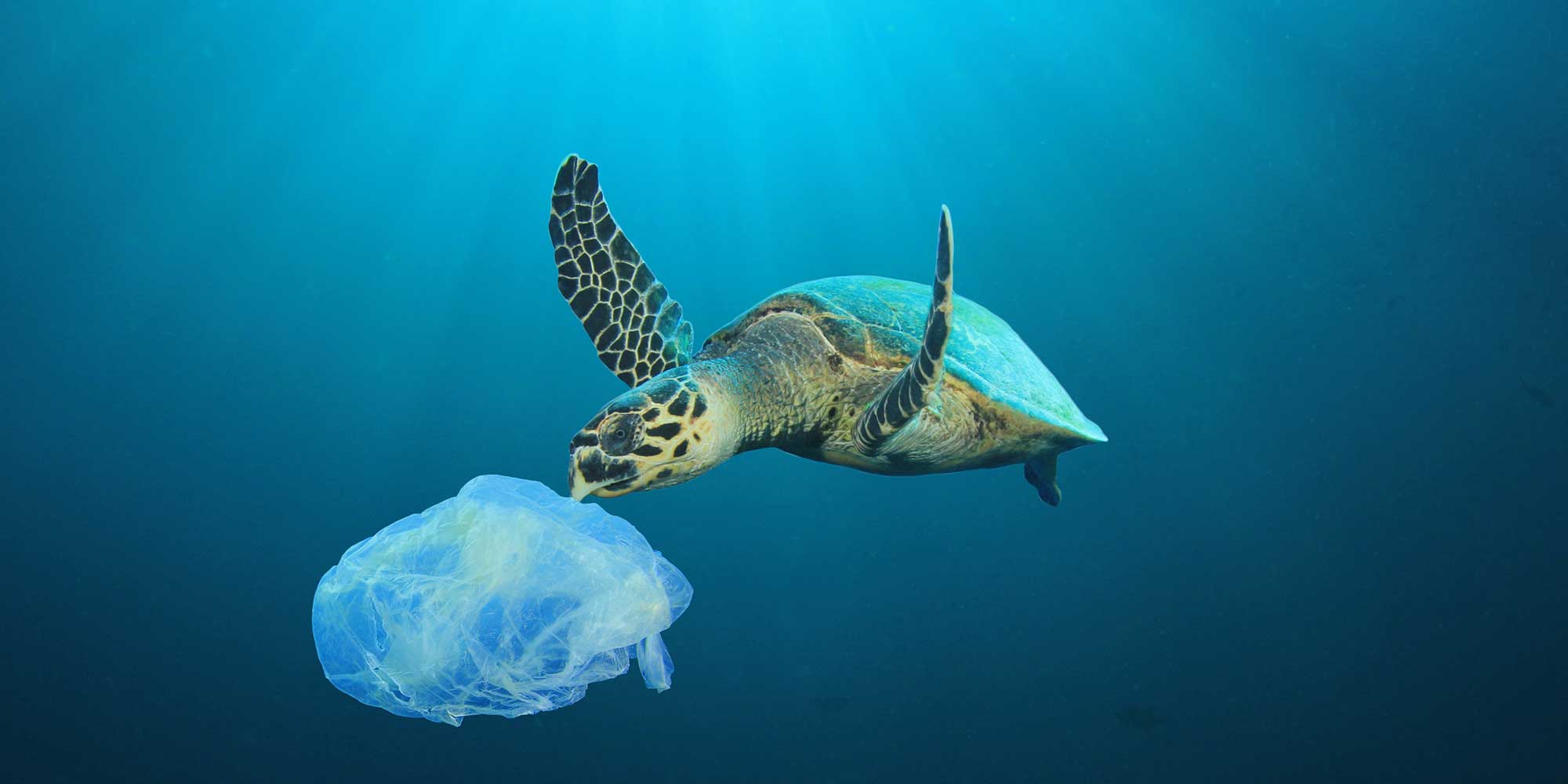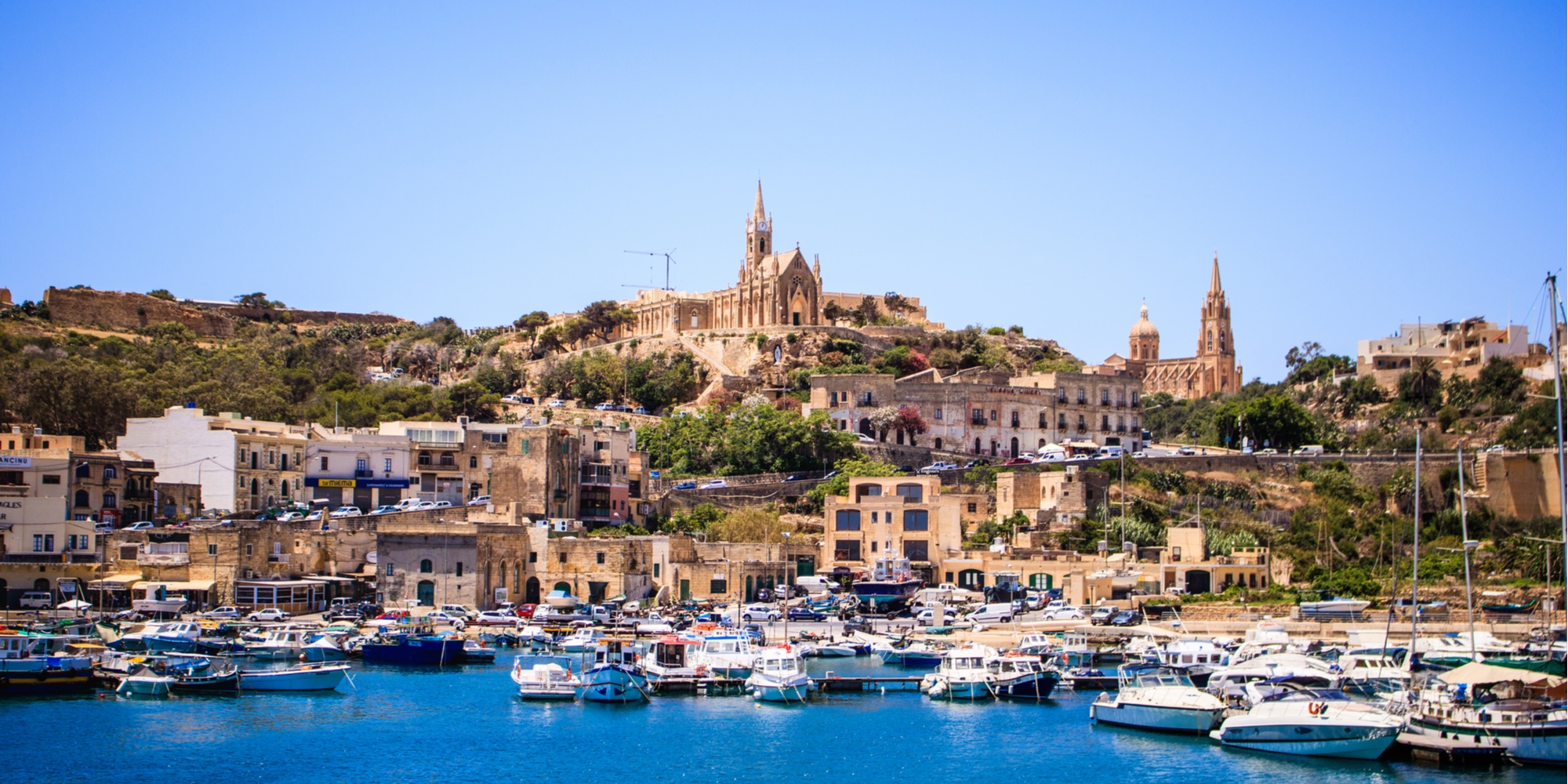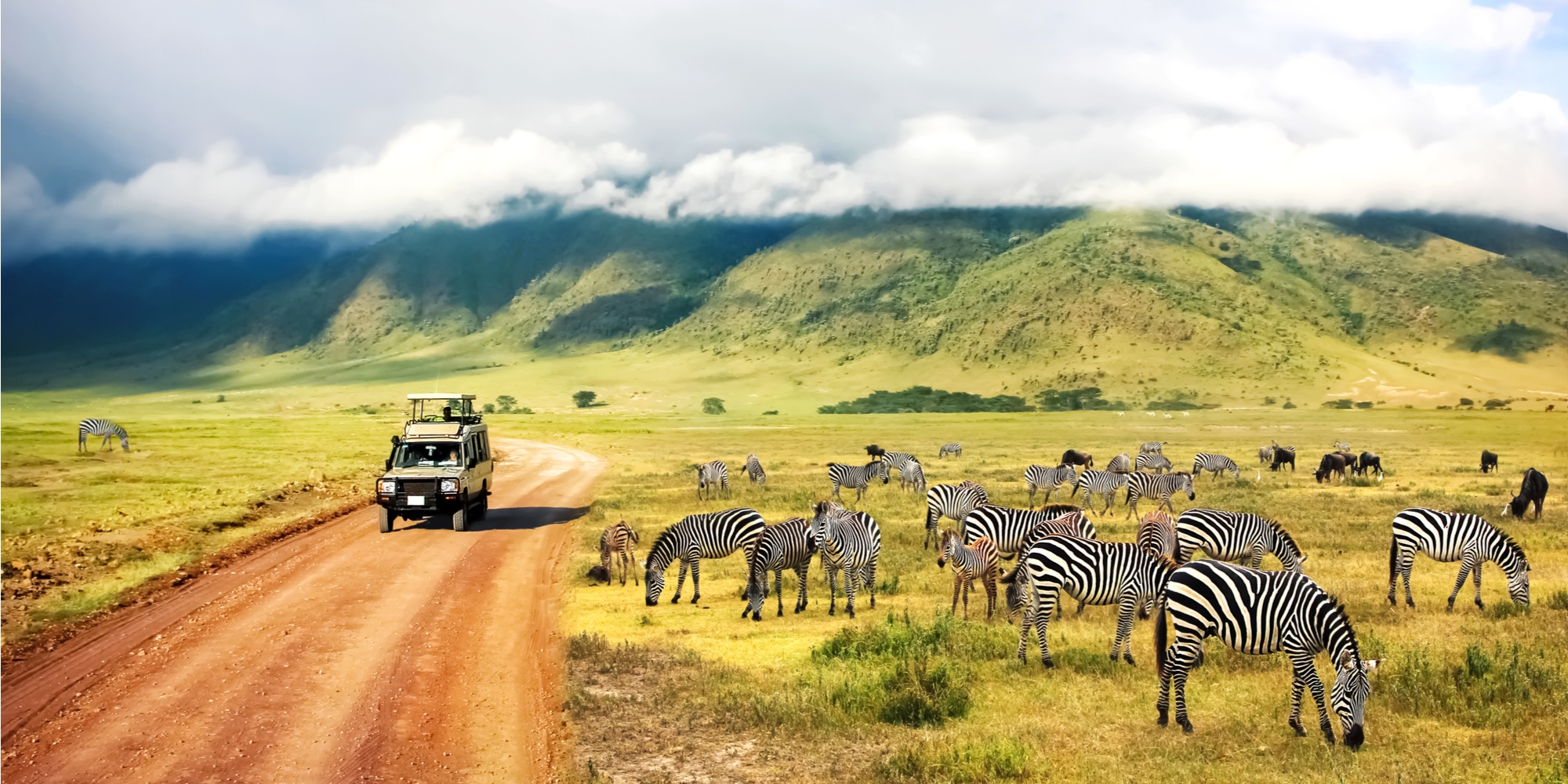Last chance tourism
Last chance tourism was named a top travel trend in 2018, but anxious travelers may be loving the destination to death. So instead of rushing to see these destinations, what should we do instead?
Posted on :
Last chance tourism, sometimes grimly referred to as “doom tourism”, epitomises the irony of travel desires; that humans are simultaneously travelling, while causing potentially irreversible damage. Rapid de-forestation, rising sea levels, erosion and rampant urban development are all contributing to the disappearance of our planet’s most special places. For this reason, tourists are flocking to places like the Amazon Rainforest, the bleached Great Barrier Reef, the sinking Venice and the retreating Muir Glacier.
Despite the damage that comes along with increased tourist visits, there is a sense of urgency to visit these places while we still can. But we may also be speeding up the disappearance of the destinations we are so desperate to see.
Why the trend caught on
Forbes named ‘last chance tourism’ one of the top travel trends for 2018. Dubbed as the ‘climate change effect’, more and more young travelers are visiting ‘endangered’ destinations before the impacts of environmental degradation are truly seen.
Last chance tourism does not seem to be slowing down. With an emerging middle class, travel is becoming more accessible to larger populations. In fact, over the last 20 years, the number of international departures has risen from 600 million to 1.3 billion. With this much travel, visiting more far-flung and highly coveted locations has never been easier. This influx of tourists causes erosion, littering, greenhouse gas emissions and more.
Destinations that are most affected
The Great Barrier Reef
The Great Barrier Reef is one of the most heavily trafficked destinations that has fallen victim to the “last chance tourism” trend. Imagine showing up to Queensland, expecting to see vibrant coral and bright yellow fish, only to be met with dying coral reefs. This has been the case for many visitors.
The site is home to the world’s largest display of coral reefs, but specialists say the underwater views are threatened by coral bleaching. Warming waters, in addition to hurricanes, dredging, rising sea levels and coastal development, may cause an ecosystem collapse for the entire reef by 2100.
Tourists have caught on quickly. Researchers from Australia’s University of Queensland surveyed 235 tourists at the reef, and nearly 70% said they were motivated to see the reef before it is gone. The irony is that increased human activity is polluting the individual reefs. Warmer waters as a result of increased global temperature is causing coral to turn white (bleached). Carbon emissions from plane travel is directly responsible for a portion of this climate warming, with aviation contributing around 2% of the world’s global carbon emissions, according to the International Air Transport Association (IATA). In 2016, the Australian government successfully removed a draft chapter of the UNESCO report on the Great Barrier Reef, worried that its grim content would drive away tourists. This however, only made the problem worse.
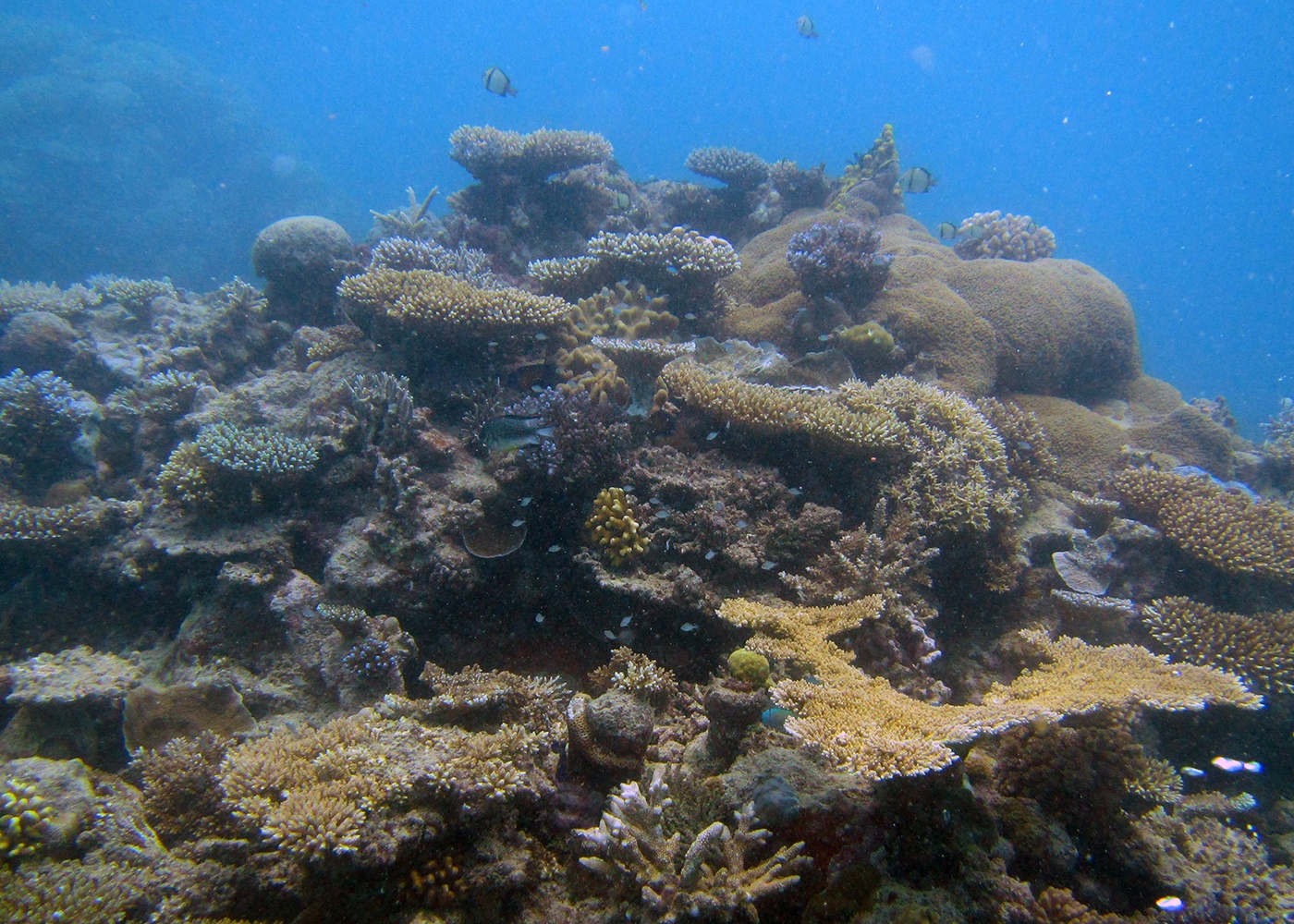
Montana’s Glacier National Park
Montana’s Glacier National Park is another site that tourists flock to, hitting 3 million visits in 2018. The feature that makes this park so desirable? The melting glaciers. The park has seen a decrease from 150 glaciers to only 26 due to thawing that later became rapid melting. If things continue as they are, the final glaciers are set to disappear within the decade.

Arctic Ocean
Another destination that is melting quickly is the Arctic Ocean. Polar bears are listed as a vulnerable species by the International Union for Conservation of Nature and attract numerous tourists every year. While it can be amazing to spot one of these majestic white bears in person, the experience may not be worth the damage. A journey to view polar bears in Churchill, a town in the Canadian province of Manitoba (the only easily accessible place to view the creatures in their natural habitat), can contribute up to 8.61 tons of carbon dioxide per person per trip. And every round-trip transatlantic flight causes the planet to lose 30 square feet of Arctic sea ice, which polar bears rely on.

Maldives
From 2003 to 2018 , tourism to the Maldives has increased by 68%. Researchers estimate that by the middle of the century the Maldives may become uninhabitable due to rising sea levels. However, Abdulla Yameen, the president of the Maldives, argues that last chance tourism raises money needed to adapt to climate change. The president has supported plans to increase tourism from 1.3 million people a year to over 7 million within the next decade.
In addition to increased funds, an educational argument is made for last chance tourism. Allowing visitors to see firsthand the damage done by climate chance, may encourage them to treat the planet better upon returning home.
Although it may be important to visit these sites to educate tourists about the impacts of climate change, bringing people to the site may only fuel the damage. Thus, eliminating the possibility to educate more visitors in the future. Policing last chance tourism is a balancing act between protecting the environment and still allowing visitors to come and learn about why these places are so special.
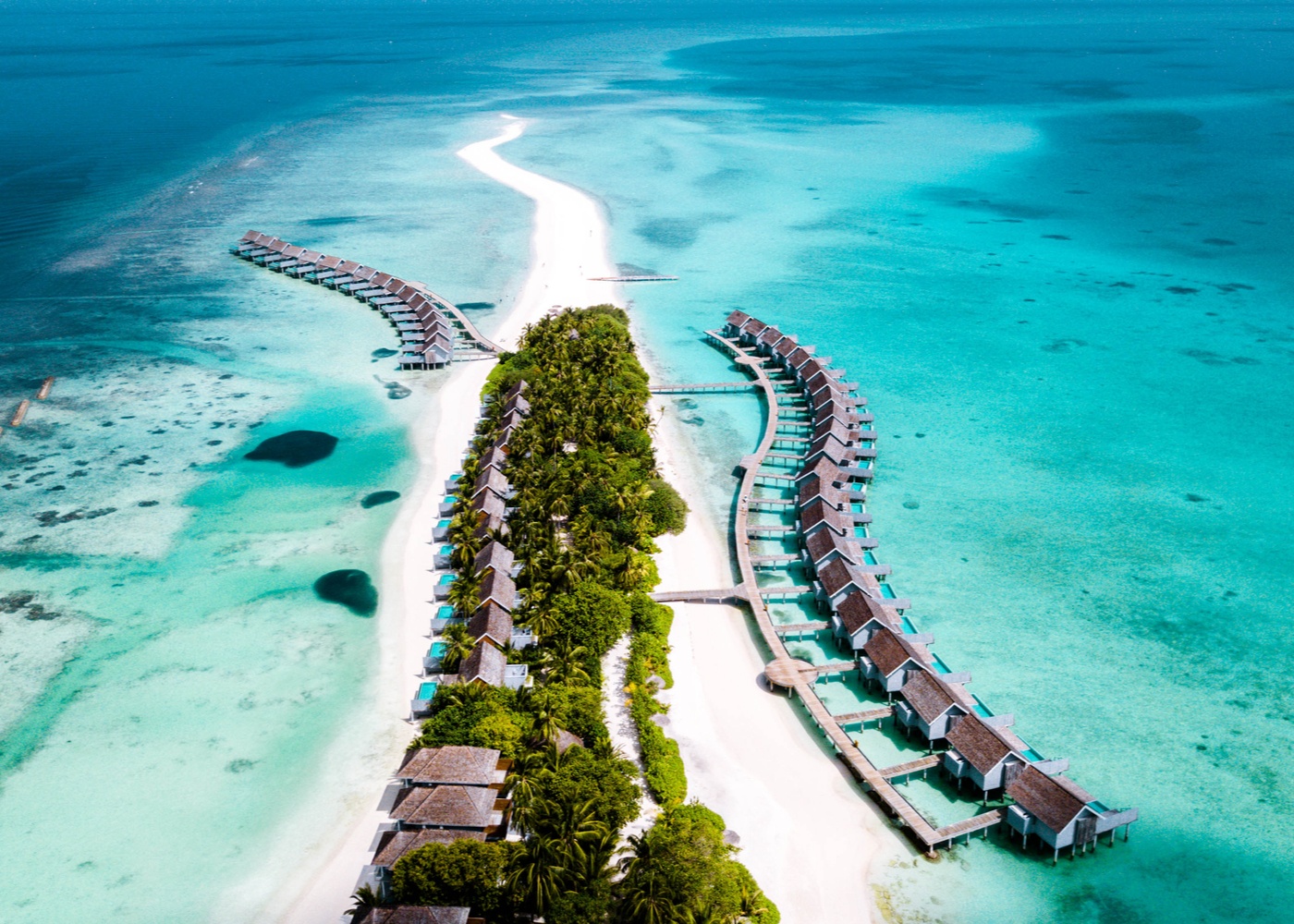
Should you visit?
While all of these places sound great for a picturesque holiday, there are more sustainable choices for your annual getaway. Visiting endangered sites only catalyses the very effect that motivated the trip to begin with, i.e. increased pollution, littering, etc.
The effects of over-tourism and increased plane travel will only cause further degradation to many of the planet’s already fragile places. By 2030, UNWTO forecasts international tourist arrivals to reach 1.8 billion. With these statistics, last chance tourism will most likely become more controversial. While some may argue that this form of tourism is justified due to its educational value, it would seem there is a gap between concerns about climate change and individual action. Only 46% of the previously discussed polar bear tourists said they would be willing to pay a carbon travel tax. Therefore, it is difficult to pin down the true motivations of these last chance travelers. Some would say that mainly, the desire to see endangered locations is from a selfish place, driven by the need to check things off a bucket list.
There is hope for these precarious places, but only if we slow down our travel habits. Tourism often sees no boundaries and this needs to change.
Slum and Pro-Poor Tourism
Slum tourism is becoming increasingly popular amongst international travel visitors, but is it an ethical or socially acceptable travel experience? Many would argue no. Here is some background on the controversial travel trend.
Posted on :
Slum tourism: what is it?
The United Nations defines a slum as a ‘run down area of a city characterised by substandard housing and squalor and lacking in tenure security’.
The popularity of slum tourism has rapidly increased in recent years, with slums around the world seeing millions of visitors each year. While slum tourism is nothing new, it’s grown into a legitimate global industry. Tour operators now promote visits to places like the favelas of Rio, the barrios of Medellín, the townships of Cape Town and Johannesburg, the sprawling slums of Mumbai and New Delhi, and even the skid row areas of Detroit, LA and Berlin. A slum tour may contain a variety of components, from visits to schools, community projects and orphanages, to a jaunt around a local market. Some tours may even include a cookery lesson at an inhabitants home. Much of the time, a slum tour will focus on sites that show betterment to the community and include suggestions on how you can lend your support. Slums are often known as being vibrant and hectic areas, rife with small businesses and trade. Many tours will capitalise on these aspects, presenting a slum as an area of development and urban life. Slum tourism has the potential to be a contributor to economic and social growth in local communities. However, it’s often difficult to judge whether this type of tourism truly benefits impoverished areas. Who truly makes money from these tours? How do local people feel about moneyed tourists coming into their communities? These are key question that need considering.
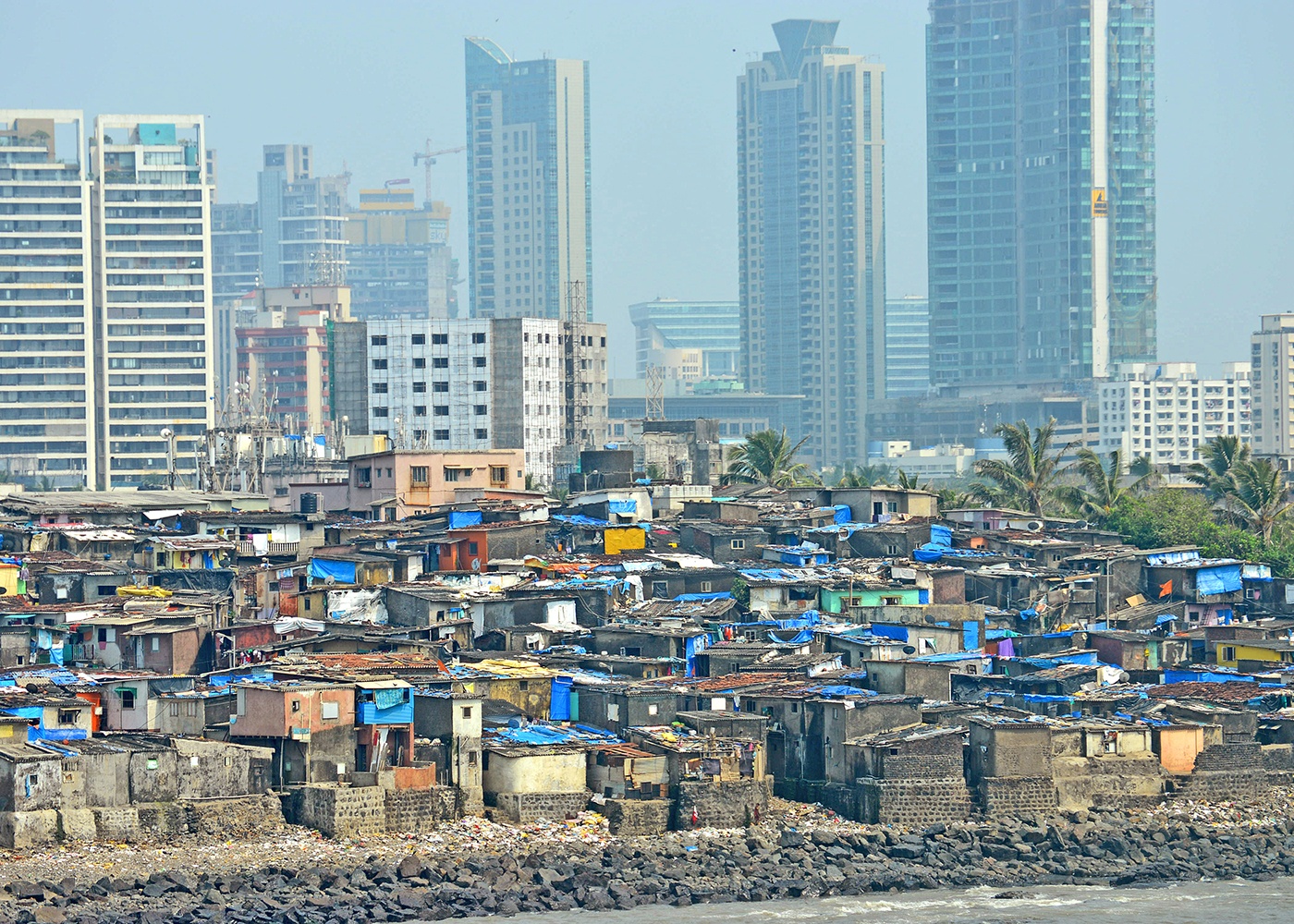
Why is it so popular?
Curiosity
After the movie Slumdog Millionaire was released, Mumbai’s Dharavi Slum saw a major increase in visitors and even became TripAdvisor’s favorite tourist experience in India in 2019, beating out the Taj Mahal. Similarly, the ‘Pablo Escobar Tour’ in Medellín has risen in popularity since the release of Netflix’s ‘Narcos’ series. The ‘narco-tour’ allows visitors to explore the Pablo Escobar barrio, La Comuna 13 and the Cathedral where Escobar was incarcerated. Global attention to political figures and struggles, as well as urban exploration all factor in to contribute to the popularity of visiting a slum area.
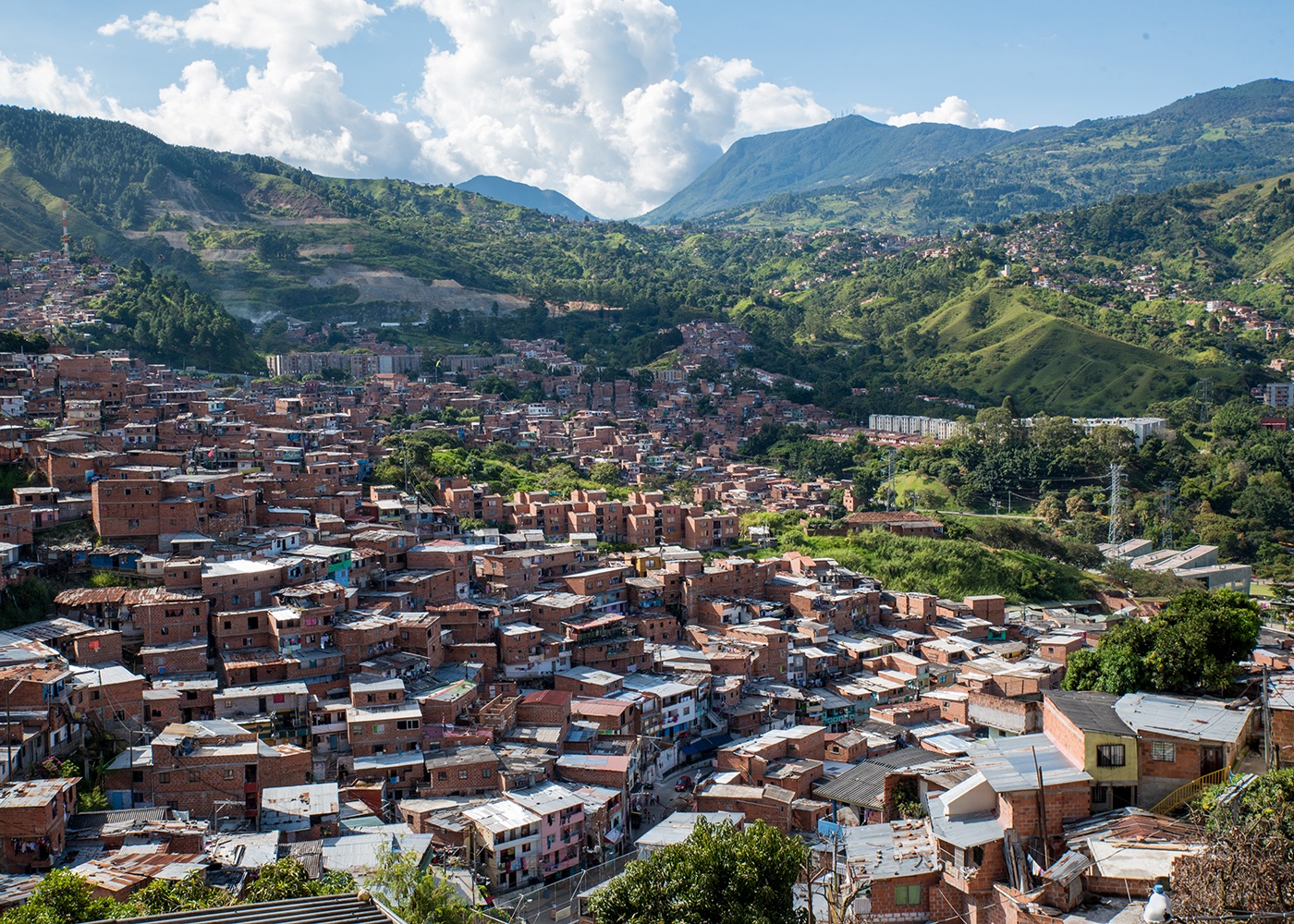
Post-Conflict
Post conflict, or ‘phoenix’ tourism, is tourism that takes place in a country after political unrest, war, or damaging weather events. Often, after a major conflict, policy makers will look for ways to rebuild the economy. One way this has been done is by development of tourism in poorer areas, including undocumented tours, small business enterprise development and simple accommodation startups.
An example of this can be seen in post-war Rwanda. Despite having a violent past, the country is known for its beautiful national parks and diverse wildlife. After the civil war ended, the government made a commitment to developing tourism within the country. They began utilising natural resources and provided wildlife tours, as well as opening hotels and accommodation in poorer areas. They implemented policies that improved the business environment and involved private sector investments and local guides. Small private tour operator – New Dawn Associates (NDA) established tours of Mayange village (part of the UN Millennium Villages project) and, Kigali’s poorer suburb. Both tours ensure that a fixed percentage of the benefits goes into a Community Development Fund and focus on sharing the country’s developmental challenges. This was successful because the government viewed tourism as an instrument to reduce poverty by directly involving local communities.
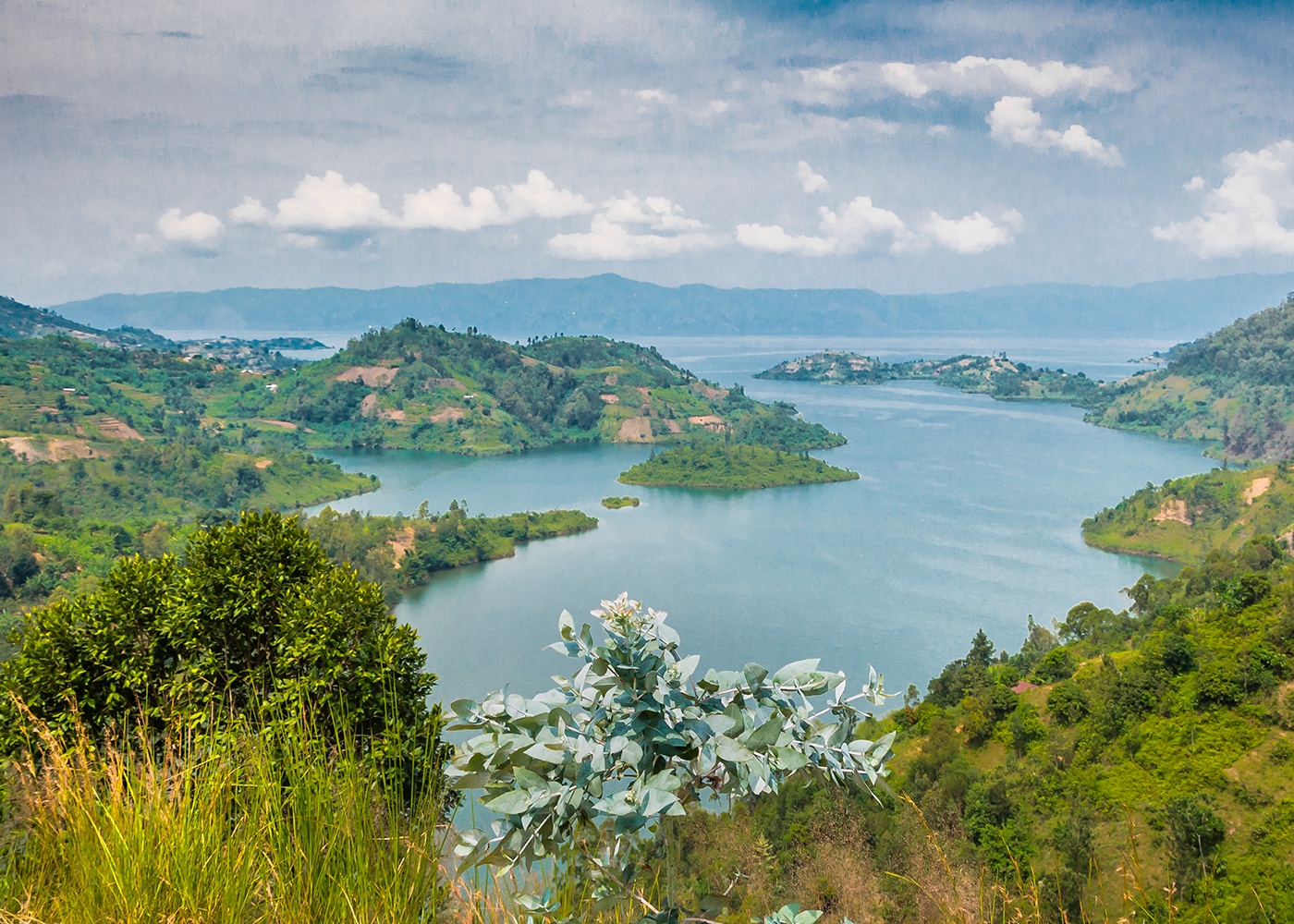
What are the benefits?
Economic Benefits
While controversial, there are many potential economic benefits to slum tourism. Increased foot traffic in communities where people make a living selling traditional crafts helps them to see a higher profit. In the Dhavari Slum, much of Mumbai’s waste paper and plastic is recycled to support the craft industries, and tourists are encouraged to buy local wares. When locals are directly involved in the tours being given, it provides them with a source of income and security. Some tour operators contribute profits directly into the slums as well. However, in comparison to what they are earning themselves, it may only be a very small fraction. This unfair distribution of profit means that some marginalised communities may never see the benefits of tourism in the area they call home.
Another matter of contention is that often slum tours are heavily associated with charity. Many operators will promote tours as a means of local development, promising that an excerpt of the money you give will end up going to community projects or local guides. Even so, it is doubtful that the money actually ends up in these places and if it does, it may not be a lot.
Increased Local Development
In 2018, over 1 billion people lived in slums or informal settlements (UN). Many of these areas have become infamous for being unsafe or having a reputation for crime, much like Medellín, Columbia or the ‘a murder capital’ as it was once called. Some might say that by visiting these slums, it helps to promote awareness and puts more marginalised communities on the map. It could increase local development and social mobility. But some would say these visits overly-romanticise and trivialise slums; places where there is overburdened infrastructure, poor sanitation, unplanned urbanisation and lack of access to clean water and waste services.
Often it is the case that many tourists feel uncomfortable ‘touring’ around somebody else’s home or neighborhood, especially when the dynamics of wealth and power are severely imbalanced.
Questions to ask
If you do want to visit a slum it is worth asking yourself some hard questions:
Who runs the slum tour?
Is it run by an external company?
Are they in partnership with those who live in the slum?
Do they have permission to be there?
Does the local community benefit?
The issue of slum tourism remains controversial, despite valid arguments on both sides. Ultimately, the only way for slum tourism to be ethical is if it directly involves and benefits the people living in these communities, and is for the purpose of education and acceptance, not only monetary gain.
Elephant tourism
Southeast Asian tours offering elephant rides are big money-makers for the local economy, but at what cost to the animals?
Posted on :
We’ve all seen the photos. Tourists smiling at the camera whilst on the back of a magnificent elephant. These infamous rides into the jungle, past waterfalls and wildlife, are a big draw for tourists heading into Thailand, Indonesia and Vietnam. The associated mystique of elephants has unfortunately kept this travel trend afloat for far too long. The steep moral cost of elephant tourism, though common knowledge, still needs to be ingrained deeper into the tourist experience. It’s time to remove elephant entertainment from your holiday bucket-list.
Treatment of elephants in tourism operations
A study by the World Animal Protection (WAP), investigating 3,000 elephants at tourist venues across Southeast Asia, found that over 77% of them were living in inadequate conditions that were cruel and concerning. When off-duty, elephants are subjected to brutal living conditions. Often, they are tethered to tight three-metre chains and beaten into submission with bull hooks. This treatment can start as early as birth and is very common in the busiest tourist destinations of Southeast Asia. As elephants naturally roam in matriarchal herds, active for up to 18 hours a day, this restrictive lifestyle can leave them severely depressed and physically debilitated.
Captivity robs elephants of their most basic needs – social relationships and proper exercise. Without space to roam, forage and play, elephants cannot exercise their natural behaviours. The number of Asian elephants in the wild has decreased by at least 50% in the last three generations.
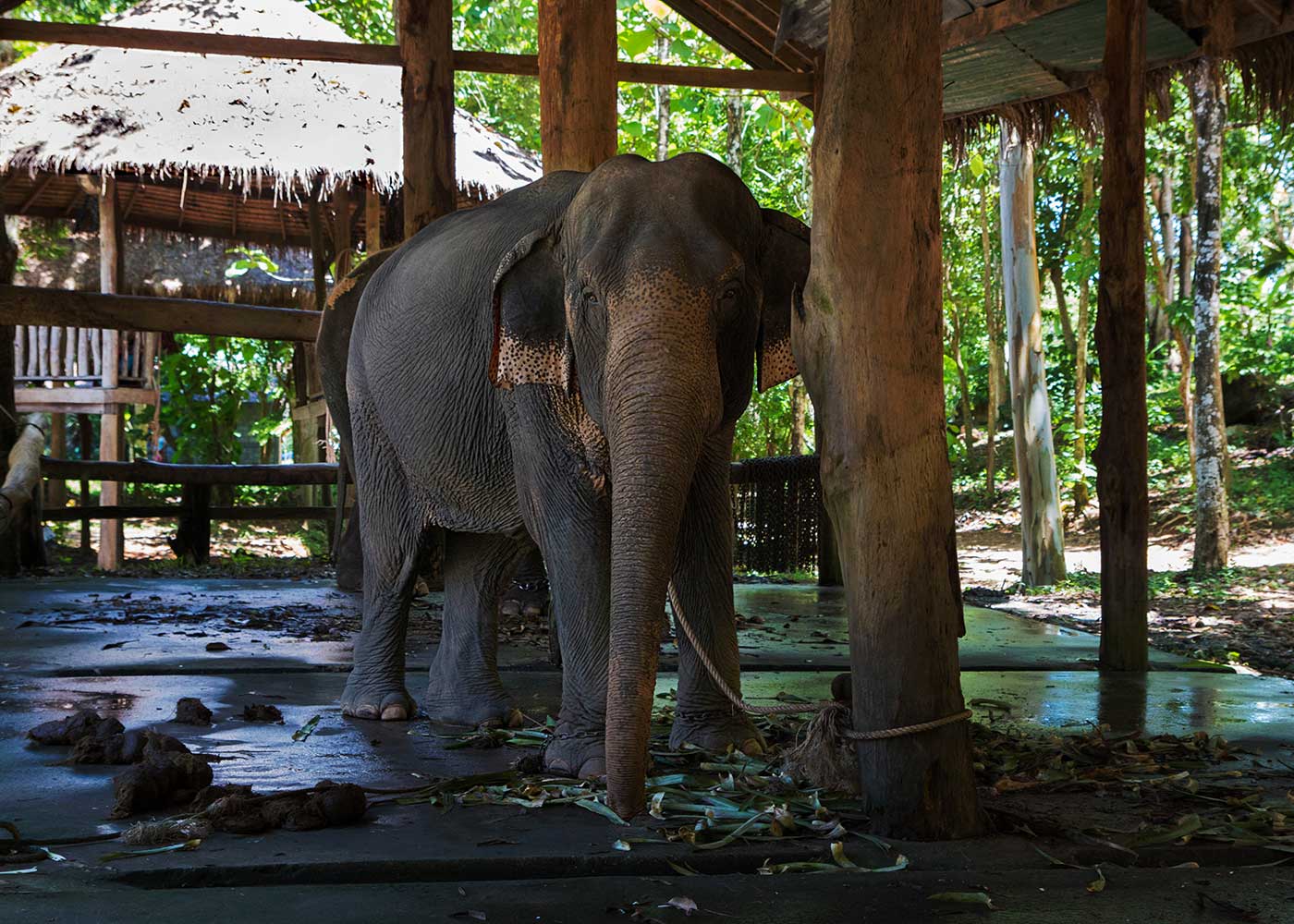
The toll of elephant tourism
For starters, it is simply not natural for elephants to carry humans on their backs. In fact, they have quite weak backs and the saddles used for riding can lead to back sores, spinal issues and early death. When they are not working, they are usually left to stand on concrete floors that cause severe damage to their feet and legs, leading to arthritis. Trainers will generally not provide them with proper sustenance, adequate water and veterinary care. Due to this, many captive elephants will die decades before the length of their normal lifespan. The additional stress of noisy crowds and hoards of tourists often leaves elephants anxious and distressed.
Multiple elephants in Vietnam have died from exhaustion or malnutrition. According to John Roberts, head of the Golden Triangle Asian Elephant Foundation, it can cost up to $38 per day to feed an elephant. As this is hard to upkeep, many elephants get overfed cheap bananas, which can lead to diabetes. This combined with long hours, sub-standard living conditions and brutal treatments leads to complete mental and physical exhaustion. In this wild, elephants can consume hundreds of pounds of plant matter in a single day, and roam up to 30 miles. It is clear that tourism isn’t upkeeping these living standards.
Before any of this occurs, elephants are captured and trained through torture. Although the relationship between elephants and mahouts, their caretakers, often gets romanticised by unknowing tourists, mahouts are usually poor, untrained villagers just looking for work. Generally, mahouts do not have close bonds with the elephants. Instead, they assert their control through punishment.
The most common form of torture is termed “crushing”. This is a practice that is widely accepted throughout Thailand, where baby elephants are snatched from their mothers and confined in a small space. They are then starved and beaten. This terrible experience asserts human dominance and scares elephants into being compliant with long days of tourist rides. This can result in prolonged post-traumatic stress and depression.
Unfortunately, this behaviour is not slowing down. The number of elephants held captive in Thailand has increased by 30% since 2010. Today, over half of Thailand’s 7,000 elephants live in captivity. This is due to the high interest of visitors. As many as 40% of tourists from the top 10 countries visiting Thailand said they had been on or were planning to do an elephant ride, which means there is demand for around 12.8 million rides.
However, organisations like the British Travel Association and TripAdvisor have denounced tours that allow visitors to interact with elephants without barriers. Beyond riding the animals, even washing, feeding them or watching them perform tricks such as painting or playing games is contributing to their decreased welfare. TripAdvisor has banned the sales of any tickets for “animal shows and performances where animals are forced to perform demeaning tricks or unnatural behaviors”.

Alternatives
Any traveler who values sustainable tourism objectives should not have direct contact with elephants whilst on holiday. If you are still desperate to interact with them, your best option is to visit an elephant sanctuary. However, be careful that your destination isn’t just a glorified zoo. Be wary of loose terms such as ‘sanctuary’, ‘refuge’ and ‘retirement’, as often, abusive treatment methods can be the same. PETA says legitimate sanctuaries provide elephants “with the companionship of members of their own species and large natural habitats that allow for normal forms of behavior, including knocking down trees, swimming in ponds, and foraging in forests”. Additionally, look for tours that limit the observation hours. Although tourists may be looking from far away, too much interaction with humans can impact their natural habitat.
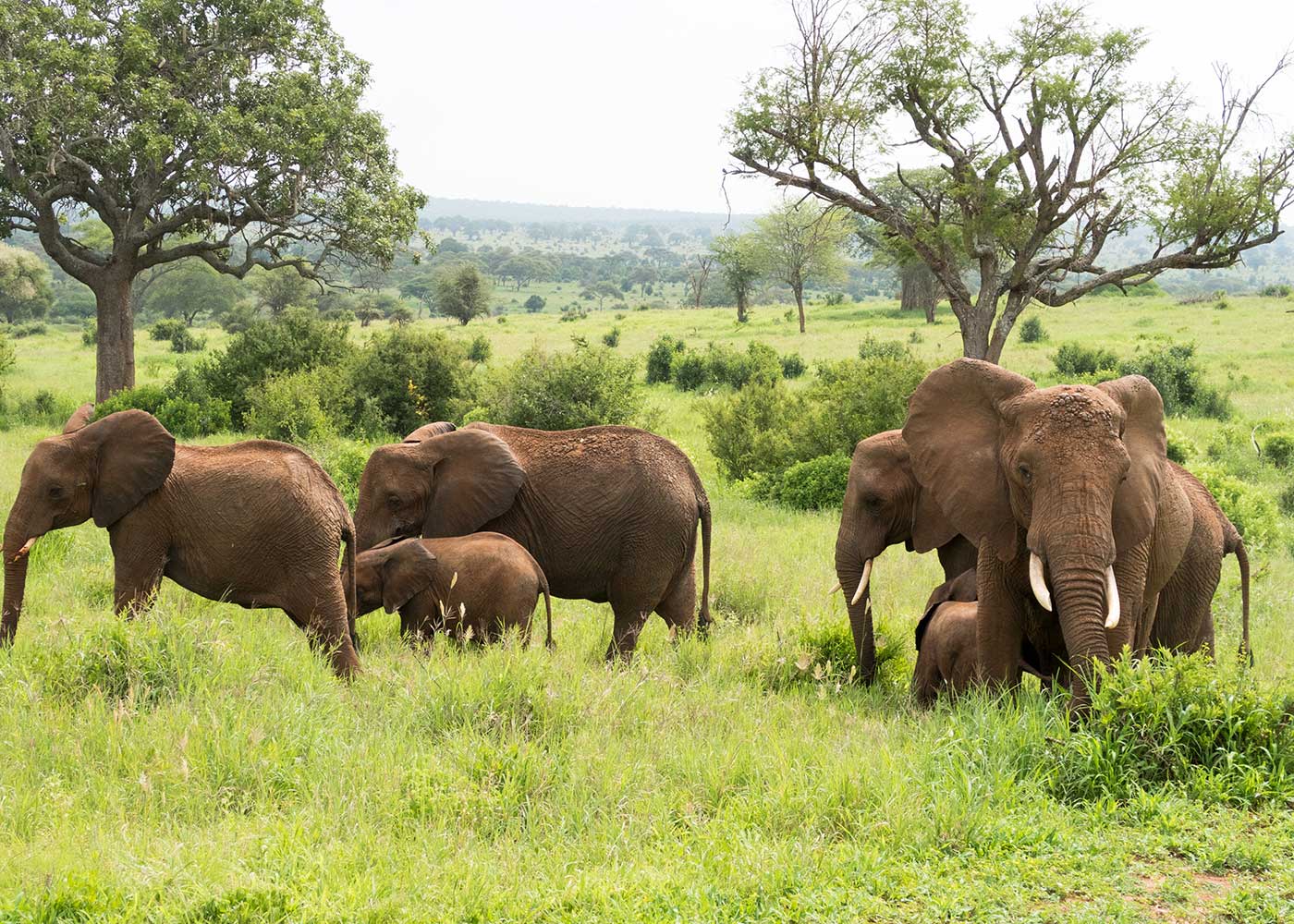
Elephants are very social, but should interact with other elephants, not humans. This habit is stripped from their daily life once in captivity, where most operations essentially keep elephants in solitary confinement. At an ethical sanctuary, the elephants will be more playful and energetic. If a tour shows elephants roaming freely and playing with other elephants, it is likely a good option. It is also important for tourists to ensure that the profits from the tour are directly benefitting the welfare of the elephants.
Boon Lott’s Elephant Sanctuary (BLES) in Thailand is a great example of an ethical organisation. They keep group sizes small in order to foster organic interactions, and the visitors are encouraged to simply watch elephants be elephants. Plus, all of the profits are reinvested into rehabilitation.
Another example is the Elephant Valley Project in Cambodia which follows the mantra “Let them roam free”. Visitors are able to observe elephants roaming free and behaving in a natural manner.
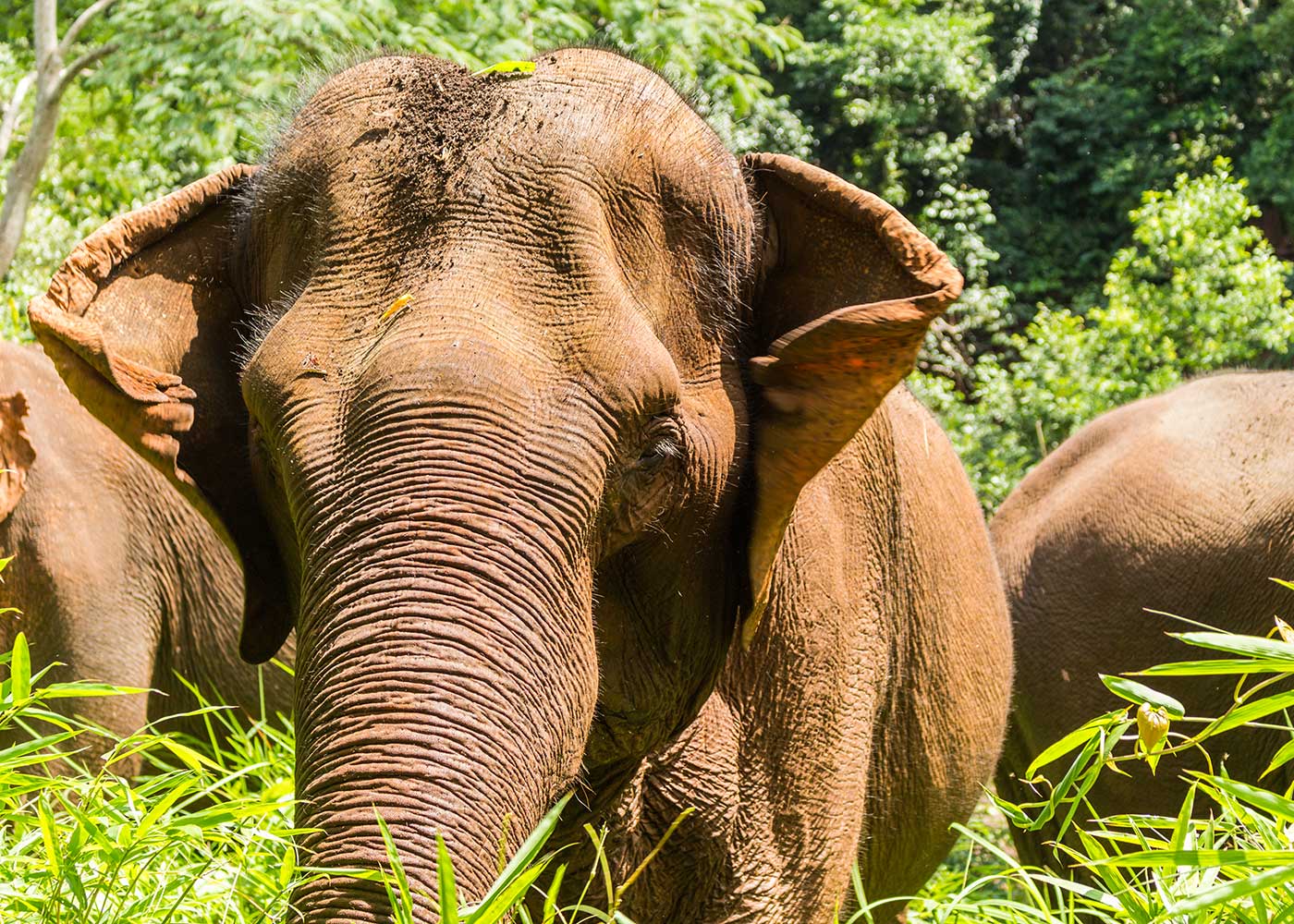
While it may be tempting to take a selfie with an elephant, remember the sadness behind their eyes. Although you may be having fun, the elephant is lonely, beaten and tired. Use your tourism dollars to fund initiatives that help rehabilitate these animals, rather than ride them.
How to spot Greenwashing in the tourism industry
With more travellers seeking environmentally-friend tourism, terms such as ‘eco’ and ‘ethical’ are flooding the travel industry. But how do you ensure that your holiday is sticking to its green credentials? In this post, we offer advice on how to spot greenwashing in tourism, and give some pointers on how to avoid it.
Posted on :
Terms such as ‘sustainable’, ‘eco’ and ‘ethical’ are flooding the travel industry. More than a third of travellers are now found to be seeking environmentally-friendly and responsible tourism, willing to pay up to 40% more for the experience. These trends are predicted to grow rapidly over the next two decades, with global spending on eco-tourism increasing at a faster rate than industry-wide average growth.
Companies are now rushing to fill this demand, with a range of small and medium-sized enterprises (SMEs), private sector companies and larger firms looking to expand their standards for sustainable tourism. This is often portrayed and promoted through positive PR and Corporate Social Responsibility (CSR) claims and policies.
Unfortunately, a disturbing number of companies are opting to promote misleading or inflated claims about their environmental credentials, in the hope of attracting these more conscientious travellers. This is called ‘greenwashing’ and is essentially when a company makes unfounded claims about the ‘green’ quality of their policies or products. This can range from ambiguous or vague carbon policy reports to portraying certain services as ‘certified’, ‘100% organic’ or ‘clean’, with very little or no evidence to back it up. An example of this is EasyJet in 2008, when they claimed that their planes emitted 22% less carbon dioxide than other providers. This claim was found to be untrue when the Advertising Standards Agency questioned their figures in relation to emissions per passenger.
How to spot Greenwashing
With sustainability becoming more and more relevant to consumers, companies are taking desperate measures to appear more eco-friendly. At the simplest level, greenwashing can be spotted through blatant green promotional materials or catchy slogans claiming environmental benefits. There may also be use of ostentatious green imagery, such as leaves, animals and landscapes. Most of these marketing methods should be questioned.
It can be more difficult than this though. Some companies have inconsistent messaging that may easily fool an untrained eye. Corporations and companies may claim that a product or service is green but conceal a hidden non-environmentally friendly trade off. Therefore, determining whether or not a company is actually sustainable requires proactive research.
Greenwashing doesn’t only impact the consumer, but also a much wider pool of issues. Misguided consumer purchasing impacts the environmental, social and economic credibility of the eco-tourism industry itself, endangering wider, credible ‘green’ businesses.
Greenwashing in tourism
Greenwashing is increasingly difficult to spot in the tourism industry. There are many factors that intersect to make up a complete environmental profile of a business or travel experience. From transportation to infrastructure and services, there are many ways tours can falsely claim sustainability. For example, ‘nature-based tourism’ or ‘eco-’ does not necessarily mean the experience itself has any sustainable benefits; it may have negative ones.
Often, tour operators and companies will claim that their experiences benefit local communities. They may offer day-trips to nearby villages, encourage nights in ‘traditional’ home-stays or promote interactions with local conservation or educational efforts. While these initiatives may be rooted in positive intention, there may also be misleading information regarding the financial benefits locals receive or the amount of control they have over their cultural property. It is worth doing your research before you invest your time and money in such projects, as you may be unwittingly supporting negative system of exchange.
Additionally, tours that allow travellers to closely interact with wildlife, by swimming with dolphins or riding elephants should be questioned.
How to react
Raising the issue with the organisation directly, if possible, gives them the best chance to explain their polices. If this doesn’t work, different countries have their own institutions to deal with sustainability issues. You can contact your home country’s body to flag greenwashing concerns, whether that is the UK Advertising Standards Authority, the US Federal Trade Commission or the comparable. If your efforts at an institutional level fall short, it is best to simply boycott the company and spread the word so that others do not fall for false claims of sustainability.
How to avoid greenwashing
Ask questions
The easiest way to avoid greenwashing is to ask questions. Don’t be a passive traveller – contact companies and ask about where they source their food from, whether or not they employ locals, and determine if they support any charities. Another thing to keep an eye out for is how much profit is invested annually in environmental conservation and shifts towards sustainability in the tour itself. It is also useful to check whether or not a board like The Global Sustainable Tourism Council certifies the company. Even easier, checking reviews of the tour on sites like Trip Advisor can be helpful as tourists can usually get a sense of whether or not the trip is eco-friendly whilst travelling. It is important to take these steps if you want to be a truly environmentally savvy traveller.
If the tour claims to foster connections with the local cultures, do more research to determine if the company actually empowers the community. Are local people working for the company? Does the company use locally-made products? Does the company participate in any community-based projects? Digging deeper and asking these important questions makes you a more responsible traveller.
Be aware of false advertising
Look for meaningful and accredited claims. Be cautious of generic and poorly defined statements such as ‘environmentally friendly’, ‘100% natural’ or ‘carbon neutral’. If these claims have no evidential information attached to them, question the company in question. Do they have legitimate links with a local charity? Can they verify that they invest in genuine carbon-offsetting projects? Do they monitor and seek to improve their standards for waste disposal and water usage? These are all key issues to consider when selecting a vacation experience.
Look for credentials
A company’s concern for the environment should be reflected in their policy and credentials. Some savvy tourism organisations verify their tourism products i.e. tours, accommodation, venues and attractions to meet certain sustainable standards. This can help improve transparency and targets within their wider values. There are many green certification labels in tourism, so it is worth doing your research on any particular accreditation or certification. A good benchmark for such certifications is The Global Sustainable Tourism Council, which was developed by the Rainforest Alliance, the United Nations Foundation, the United Nations World Tourism Organisation (UNWTO) and the United Nations Environmental Programme (UNEP). The criteria is organised around the four pillars of sustainable tourism:
- Sustainable management
- Socioeconomic impacts
- Cultural impacts
- Environmental impacts (including consumption of resources, reducing pollution, and conserving biodiversity and landscapes)
It is worth noting, however, that some smaller organisations may not have enough capital to invest in certification and schemes.
For more information for sustainability in tourism, check out the Tourism for SDGs platform – created by the United Nations World Tourism Organisation (UNWTO) – it seeks to encourage policy makers, tourism stakeholders, actors, internal organisations and companies to engage in the Sustainable Development Goals in tourism.
Be aware of hidden trade offs
Labelling a service, attraction or product as environmentally friendly based on small number of generic attributes i.e. ethical, responsible, community drive etc., when there is no mention of the wider issues of energy consumption or use of manufacturing may allude to a hidden trade off. Be aware that vague green claims may mask some more negative environmental attributes.
A last word
Greenwashing is rampant in the global tourism market. As a consumer, it is your responsibility to ask lots of questions of your tour operator, agent or hotelier. We can all act as agents of change when considering our global and systemic wellbeing – it is important quickly identify and call out instances of greenwashing and replace them with truly sustainable practices that reflect the true values of the conscientious consumer.
Indigenous and cultural tourism
Indigenous tourism can be defined as “an activity in which Indigenous people are directly involved, either through control and/or by having their culture serve as the essence of the attraction.”
Posted on :
According to the World Travel and Tourism Council, the travel industry “creates jobs, drives exports, and generates prosperity across the world”. As an economic powerhouse, tourism and travel should be well placed in contributing to the livelihoods of Indigenous peoples. If handled in a responsible manner, Indigenous tourism can have the power to increase employment, revive cultural pride and empower communities. There are, however, many challenges associated with Indigenous tourism that need to be addressed.
Although indigenous communities only represent around 5% of the world’s population, they account for 15% of the world’s extreme poor. As some of the world’s most disenfranchised and impoverished peoples, there is often a trade-off between economic survival and cultural and environmental resources. Tourism provides an avenue of opportunity for Indigenous communities; their traditions, languages and histories become financial and cultural assets. Travel companies and tour operators who interact with such communities have a responsibility to safeguard such resources and encourage responsible conduct.
Resources
Tourism for Indigenous people can be a double-edged sword. Although it can promote positive livelihoods and empower communities, it can also commercialise the Indigenous culture and commodify cultural property. With the Indigenous travel trend increasing in popularity, issues have been raised over the impacts it has on native lifestyles and traditions.
Learning about tribal life from a Botswana Bushmen or exploring Aboriginal art and craft can be an unmatched experience, but only if done right. There is a fine line to balance when deciding whether or not to participate in Indigenous tourism. Concerns surrounding exploitation of tribes, loss of control over cultural property and lack of economic benefits are all key considerations when searching for meaningful interactions with other cultures. One such concern is the appropriate use of local resources.
The large influx of tourists visiting native destinations can often dominate natural resources In 2018, it was reported that 7.2 million visitors were expected to engage in Indigenous tourism experiences between 2019-2020 in Canada. Tourism Australia also revealed that the number of international visitors taking part in Indigenous tourism related activities had risen by 40% since 2013. It is clear that such experiences are now highly coveted. To ensure that these figures incite positive change, the implementation of Indigenous tourism should follow the principles of sustainable development and resource management. However, this is often not the case. Tourism in Indigenous areas, especially rural Indigenous areas can produce undesirable impacts such as pollution, littering, damage to the natural environment and degradation of local ecological habitats.
To encourage successful tourism for Indigenous people there must be a recognition of Indigenous land rights; this should minimise ethical and environmental damage. Often, land control can allow Indigenous communities to obtain economic benefits from tourism and control the use of their resources.
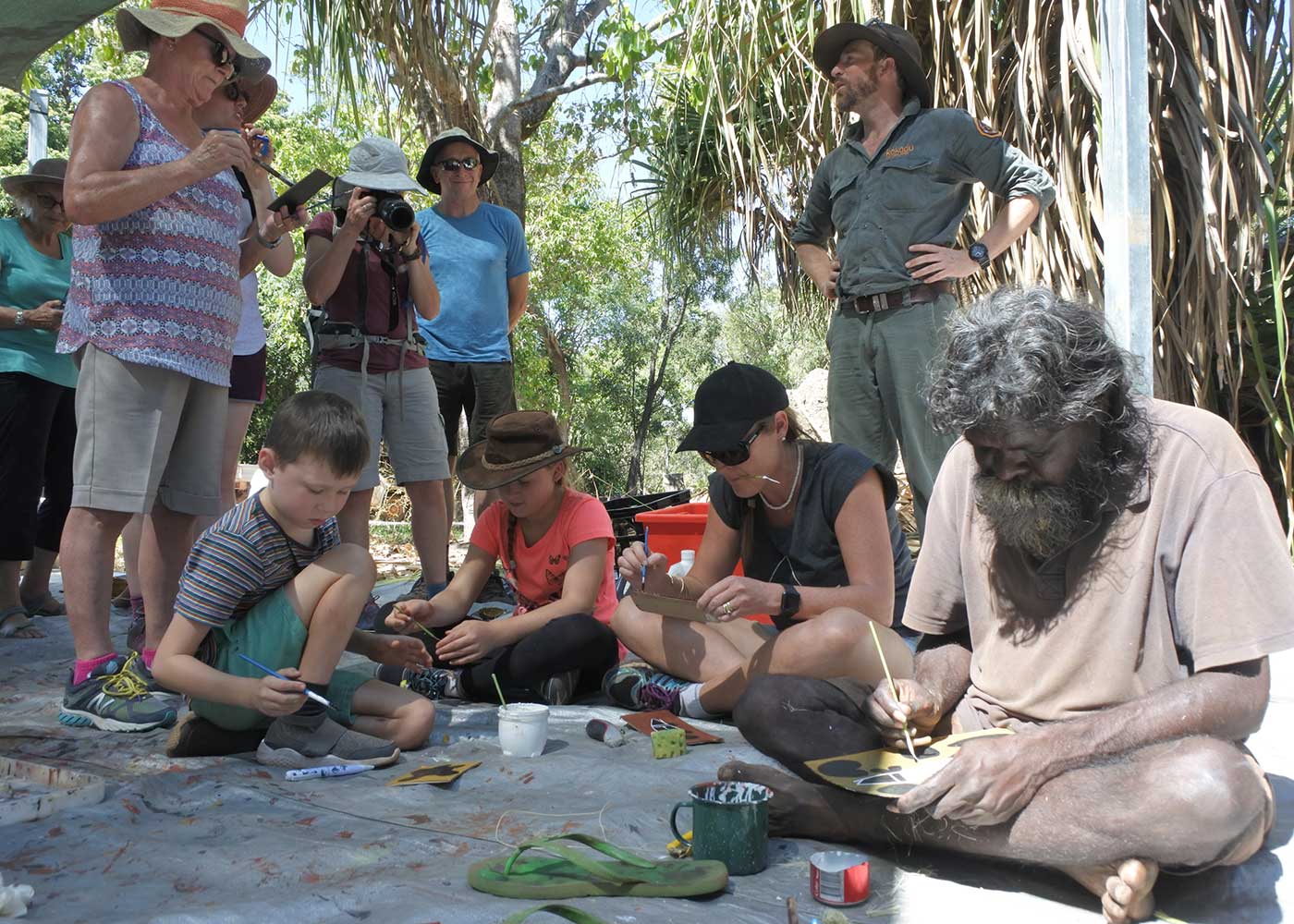
Economics
The economic benefits of tourism for Indigenous communities has often centred on income and employment. However, Indigenous populations often do not receive enough profit from tourism. Issues of land ownership, power dynamics between local residents and tourists and commodification of culture all contribute to the unfair financial distribution.
In practice, local communities should set prices and tour operators should create an open dialogue to explain that prices will be marked up to cover marketing costs. There should also be open and honest communication between tourism businesses and local residents, so that boundaries can be set, and terms of interaction agreed. Decision-making should be equal so that traditional laws and customs may be safeguarded. In this way, Indigenous communities are equal business partners and determine the level of involvement they have with the tourism activities. This can include local purchasing and ownership and access to safe and secure working environments with ensured minimum wage payment. This will allow Indigenous communities to derive direct economic benefits from tourism products and services. Non-profits such as Tourism Cares are working to ensure that this happens.

Authenticity
Authenticity within Indigenous tourism is a main point of contention within tourism discourse. Issues of ‘backstaging’ (putting on a show for tourists) and denied authority and control over stories told about Indigenous culture can have irreparable consequences on the portrayal of traditional knowledge. Tour operators and those involved with Indigenous communities must work to safeguard customary laws, cultural heritage and traditional narratives. This can be through gaining informed consent from local residents regarding the information shared with tourists and ensuring that all stories and narratives told are accurate and fully approved. This will help to conserve cultural integrity and protect Indigenous communities from traditional degradation.
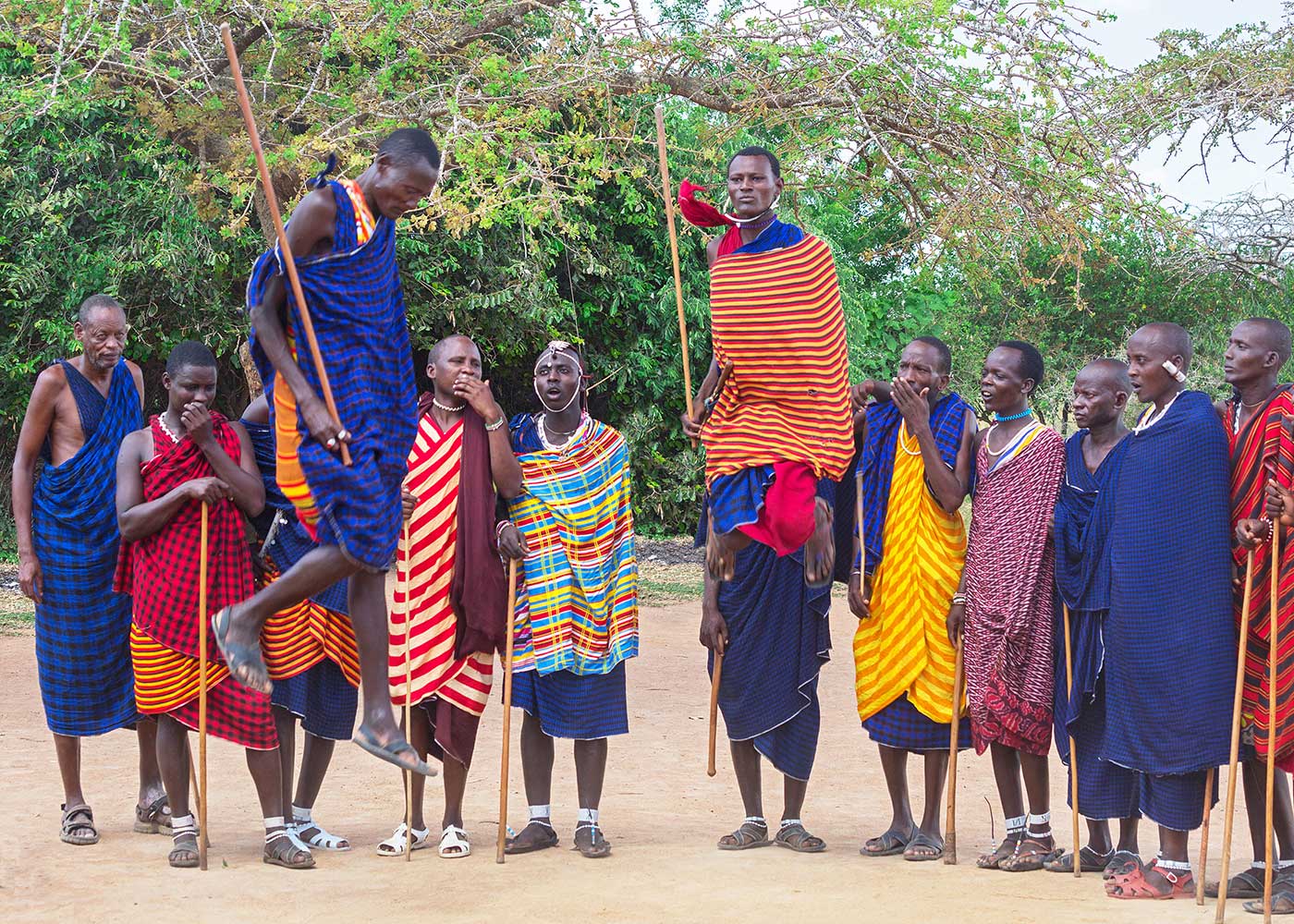
Education
It is not impossible to ethically visit indigenous tribes and destinations. With the right education, travellers can find the best tour providers for them and benefit the local communities in impactful ways. Steps towards education include:
- Asking the important questions; Does the tribe welcome visitors? Are they in control of their narratives? Are customary laws acknowledged? Is the community involved in the delivery of cultural programmes to a visitor?
- Make lengthier stays that benefit the economy rather than hour-long “cultural tours”
- Research ethical travel companies. Who receives the monetary benefits from your booking? Are local residents included in decision-making?
- Am I healthy enough to travel? Or do I pose a risk to the indigenous community I am going to visit?
Benefits
If you find a travel company offering an ethical indigenous tour, there can be many benefits for local communities. Indigenous tourism can foster greater awareness of the issues Indigenous communities face in a rapidly modernising world. It is, however, extremely important that tourists take responsibility for the types of Indigenous tourism activities they take part in. Assessing whether a tourism experience complies with the standards of sustainable development and proper cultural codes is imperative for safe-guarding Indigenous communities from exploitation and commodification. As a tourist, you have the power of deciding where you invest your time and money, so make it count.
Plastics in the travel industry
From plastic waste strewn on pavements across cities to plastic bags floating in the oceans, plastic pollution is a pressing environmental issue. We must take action now.
Posted on :
The prevalence of plastics, coupled with our poor environmental behaviour, has created mountains of plastic waste that overfill landfills, overwhelm recycling facilities, clog sewage systems, ruin our oceans, and spoil our landscapes.
Plastic waste and plastic debris are known to harm our fragile ecosystems and animals in two ways:
- Wildlife, particularly marine animals, become trapped by plastics
- Animals, particularly birds and marine animals, digest plastic unintentionally or indirectly through the ingestion of prey species containing plastics
Once plastics disintegrate and become micro-plastics, they can accumulate in food chains through water supply, marine animals, and also agricultural soils. As we eat crops, animals and drink water, our health may be at risk too. Yet as of today, the impact of micro-plastics on human health through ingestion (from contaminated food) and inhalation (from burnt plastic fumes) is not yet properly studied or understood.
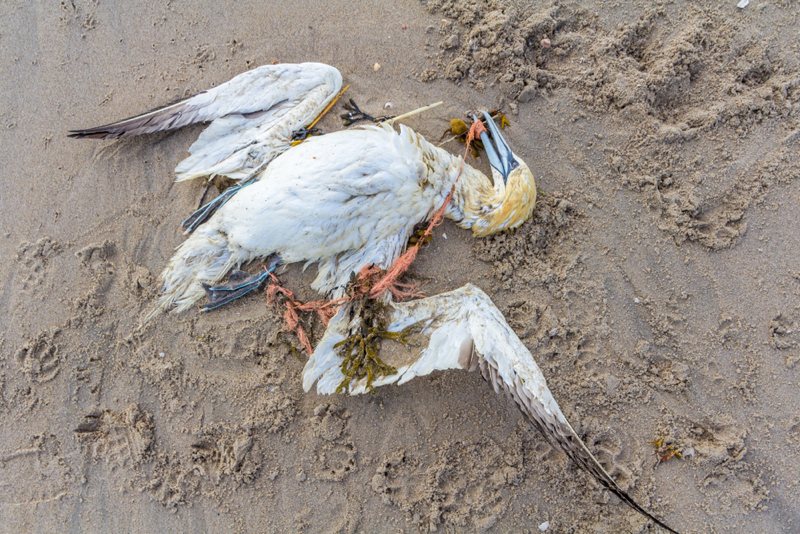
Plastic pollution in the tourism sector
To combat plastic waste, many countries have banned disposable plastic shopping bags and are phasing out plastic straws. While sensible, these are just the tip of the plastic iceberg. Plastics, particularly single-use plastics, are so prevalent and so much a part of our daily lives that most companies and individuals can’t avoid using them completely.
The travel industry faces an extreme challenge due to the following reasons:
1. The nature of travel encourages short-termism
Airlines, hotels, tour operators, all serve you from a short few hours to a few days, and during this short period they need to meet your basic needs safely and inexpensively. So many of them provide disposal plastic cutlery for you to eat inflight meals, which are themselves delivered in plastic containers, along with toiletries in tiny bottles for you to wash and moisturise, water bottles to quench your thirst, and then sell you souvenirs in plastic packaging to take home.
2. Price competition
Let’s face it, plastics are cheap, practical and convenient. Many companies, under immense pressure to compete, cut costs by replacing products with plastics. For example, hotels use plastic cups and tiny shampoo bottles because they streamline the housekeeping process. If housekeepers take more time to wash cups and refill toiletries in each room, then the cost per room is going to be higher, not to mention the turnaround time will be longer (which is likely to impact the customer experience).
3. Lack of waste management at destinations
A large number of popular tourist destinations are on islands, once remote places like Mount Everest, and highly-populated cities like New York. Many of these destinations do not have adequate systems to manage and recycle waste locally. They send plastic waste to far-flung landfills or burn them. In the case of Mount Everest, the Nepalese Army helicopters are being used to carry some of the waste off the mountains.
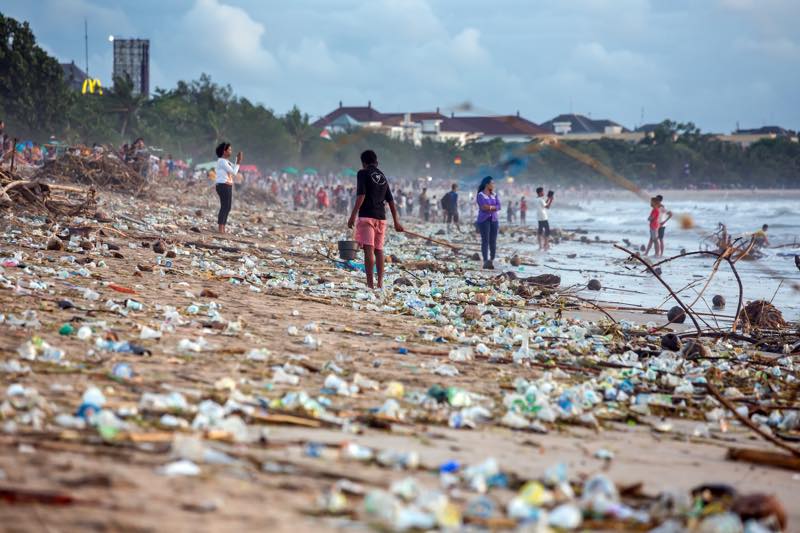
4. Other reasons
Once upon a time, airlines used to serve meals on china plates and with stainless steel cutlery. But security threats, theft (mainly from passengers) and weight (they are heavier and will increase the plane’s weight) have led airlines to use them selectively, like only in first-class and business-class cabins where there are fewer passengers. Also, airlines are required to meet high food safety standards, such as your inflight meals being properly contained in plastic boxes to lessen the chance of contamination.

Tackling plastic pollution
Tackling plastic pollution requires effort from all parties, including governments, private companies, locals and travellers. Let’s take a look at some policies imposed by public and private sectors to fight plastic waste and tackle plastic pollution.
- A pioneer in sustainability, Rwanda banned plastic bags and plastic packaging from 2008, long before other nations chose to act. Only certain industries in Rwanda like hospitals can import, produce, or use plastic bags and plastic packaging.
- Machu Picchu banned travellers using single-use plastics (bags, straws and water bottles) from December 2018. Only reusable water bottles are allowed.
- Etihad stopped using single-use plastics on its long-haul flights from April 2019.
- Scandinavian Airlines (SAS) introduced sustainable packaging from December 2019 and uses plant-based plastic if plastic is needed for food safety requirements.
- Marriott and its brands (Sheraton, Westin and Ritz-Carlton) will stop providing toiletries in single-use plastic bottles from December 2020.

What can travellers do to cut plastic waste?
Holidays are supposed to be fun, exciting, and relaxing. None of us would choose to go to a destination that is drowning in plastic waste on purpose. But we must acknowledge that we are part of the problem that contributes to the demise of the planet. As such, we must become part of the solution; we must educate ourselves and take proactive steps to become a more sustainable traveller.
Here are some simple things that we can do when we go on holiday:
- Choose airlines, hotels, and travel operators that are committed to reducing plastic waste
- Always carry a reusable bag
- Always carry a reusable water bottle
- Take reusable cutlery with you
- Pack your toiletries in reusable bottles
- Use your own headphones or reusable earbuds
- Say no to single-use plastics, anything from plastic cups, tiny bottles to straws
- Volunteer in a clean-up
It starts and ends with us, the people of this planet. When we make small positive changes, we are positively influencing individuals, companies and destinations. This means that very soon, collectively we can create a global movement to end plastic pollution, restore our oceans and our landscapes.
Agritourism
Agritourism is a fantastic way to experience local farming and culture. It also generates extra income for agricultural communities. In this post, we advise on options for agritourism and share the benefits of taking part.
Posted on :
Many of us travel for the diversity of experience. Often, these experiences centre on the cuisine of a destination. For many of the world’s tourists, trying new and special food is a central part of the tourism experience. Gastronomy has therefore become a common feature in many vacations, with travellers looking for interesting ways to enjoy local fare. They may make reservations at the best restaurants or scope out locally famous and specialised food spots. Wherever they end up, food is often at the forefront of a holiday. With this much interest, destinations are able to market themselves through their unique flavours.
However, eating out has a much bigger carbon footprint than we would like to admit. In fact, in 2016, the United Nations Environmental Programme (UNEP) estimated that tourists produce 4.8 million tonnes (14% of all solid waste) each year. Much of this can be attributed to waste associated with food. Hotels, restaurants and other facilities import huge amounts of food each year, often packed in single use plastic wrapping. In some areas, the sheer level of biowaste is a main barrier to achieving a sustainable waste management system. This is particularly challenging to smaller island nations such as Sri Lanka, who lack the necessary infrastructure for sanitation and waste removal.
But, there are ways to enjoy food on holiday that are much more sustainable. Agritourism is a trend growing in popularity and is broadly defined as any tourism activity that brings tourists to an area involved with farming or agriculture. This can range from farm-stays and tours to produce picking, cookery lessons and animal husbandry.
As well as being more sustainable, it allows communities to generate extra income and employment opportunities locally, while encouraging a growth in the agriculture sector.
This sustainably efficient way of travelling provides visitors with amazing educational experiences and access farm-fresh food. From going to an orchard to pick apples in the USA or staying at a vineyard hotel in Italy – there is tons to be learned and enjoyed through agritourism.
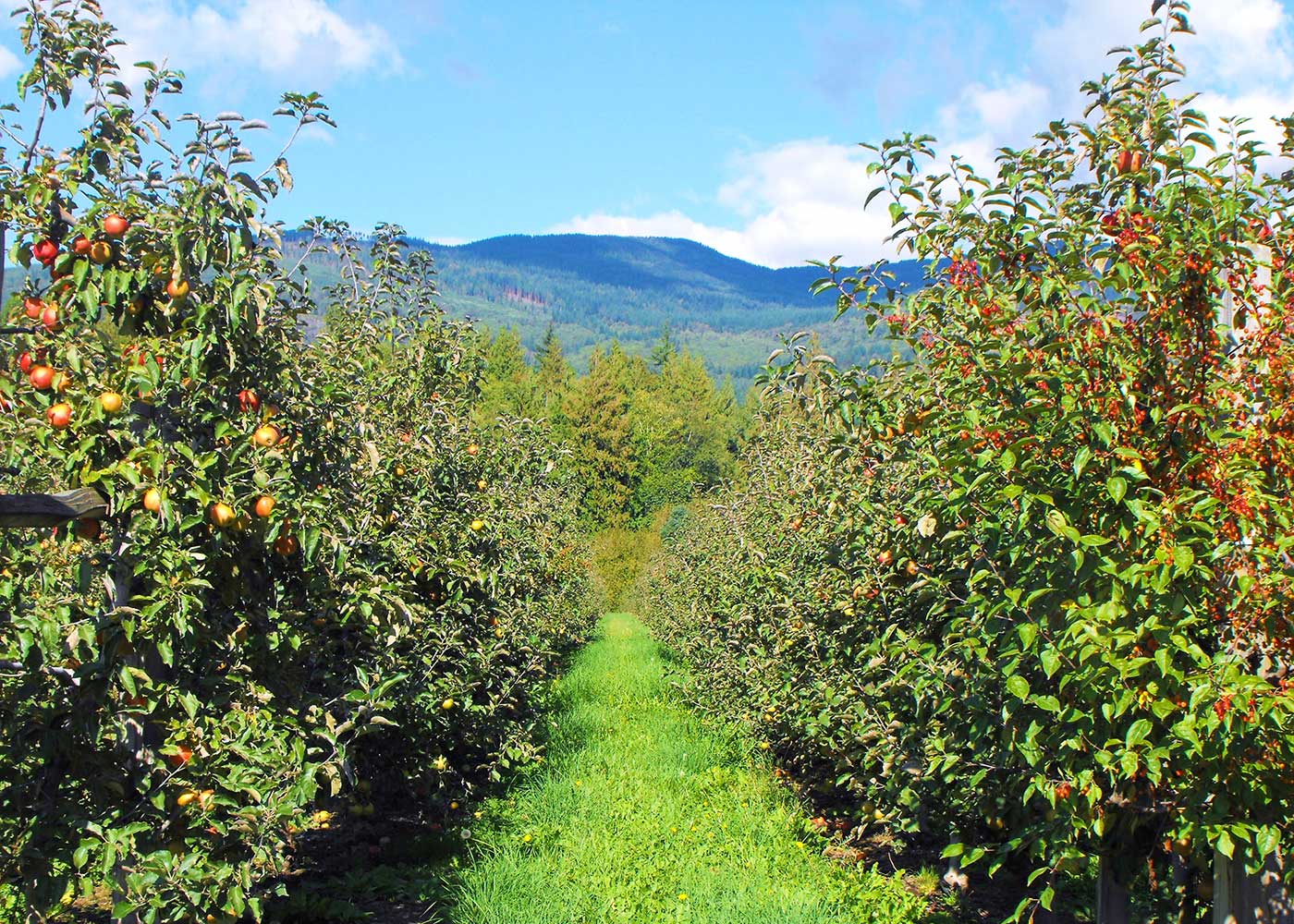
Options for agritourism
Speaking of Italy, Tuscany was a pioneering region in agritourism. Agriturismo, or Italian farm stays, have been popular for years. They allow tourists to experience the unparalleled, quiet atmosphere of the Italian countryside whilst feasting on locally sourced fresh food. It is a true introduction to Italian country life, offering a chance to enjoy the idiosyncratic architecture of the region alongside its rural charms. Further than food, farm stays help tourists engage with the locals and learn about their culture. Visitors may enjoy local folklore and legends, family stories and even learn snippets of the local language. In this way, agro-tourists can aid in the preservation of a destination’s culture, while providing a much-needed boost in the local economy.
Aside from farm-stays, there are many other options for agritourism, depending on destination and length of trip. Some visitors may opt for off-farm accommodation and travel into rural areas to take part in fruit pickings, wine-tastings or petting zoos. This is classified as in-direct contact with agritourism, but there are those who prefer a more down and dirty approach. A recent phenomenon is farm volunteering. Organisations such as WWOOF (Worldwide Opportunities on Organic Farms) or Workaway offer tourists the chance to exchange farm work for accommodation, food and other amenities. This has experienced huge growth in the last ten years, with Australia and New Zealand paving the way in hosting volunteers on array of farms from livestock/ranch-style to crop intensive settings. However, volunteers can find options all over the world, from Hawaii to Costa Rica to Sweden. Many travellers may be enticed into farm volunteering as a means of budget travel, however, it offers much more than this. Many farms will offer activities such as yoga, hikes and cookery lessons alongside farm duties and give volunteers the chance to become included in a local community. Many farms will seek to feed their volunteers from the farm itself, alleviating food waste and eliminating the need for packaged food products. All in all, farm volunteering is a growing area of tourism for those who seek sustainable travelling.
If time on a farm isn’t to your taste, there are many other ways to become involved in agritourism. You may opt for a bed and breakfast that utilises food sourced from a local farm or opt to shop at local farmers markets. Sometimes even visiting a restaurant that features farm products is enough to contribute to local farming communities. Even the smallest action to support local and organic agriculture is a step towards a more sustainable holiday.

In addition to agritourism destinations, airlines are beginning to recognize the value of a farm to table meal. Scandinavian Airlines introduced “New Nordic by SAS” in 2017, which provides meals sourced from regional farmers on domestic, Scandinavian and European flights. Not only are the meals made with fresh, local ingredients, they are served in pared down packaging.

Agritourism: a case in point
The immense benefits from agritourism are undeniable. It provides local farmers with a source of additional income, helps preserve local culture, and enables developing/less popular destinations to capitalise on tourism, all while educating tourists about agriculture and sustainability. However, the experience isn’t always as convenient as a traditional holiday.
Farm stays can be hard to get to from an airport. Although the travel time is worth it, you will often have to make quite a trek out to the countryside from a busy metropolitan area. If you are opting for a work exchange experience, you may find the amenities are not up to the standard of a hotel you may be accustomed to. It is important to do your research ahead of selecting a farm to volunteer on, as sometimes the living arrangements may not be to your taste.
However, if you are willing to sacrifice convenience for what can be a more sustainable option, the experience is sure to be worth it. Even if you are not interested in spending your week off from work at a farm, choosing airlines like Scandinavian and restaurants that serve farm to table meals is a great way to participate in agritourism and give back to the communities you are visiting.
How do carbon offset programmes work?
Carbon offsetting is a balancing act between environmental projects and carbon emissions. Deeply controversial on a number of levels, it is often considers an environmental salve, rather than a legitimate solution. In this article, we explain why
Posted on :
It’s the quandary every responsible traveller faces: how to see the world without degrading it. There’s no getting around the fact that international travel is hard on the environment. The aviation industry is responsible for 2.5% of global carbon emissions and flying produced a staggering 859 million tonnes of CO2 in 2017.
Airlines are under to pressure to slash this figure by increasing biofuel usage and operational efficiency, but it’s likely to be a long time before flying is guilt-free. In the meantime, carbon offsetting could help to plug the emissions gap.
Why reduce my emissions?
There’s an overwhelming scientific consensus that our climate is warming and that greenhouse gases emitted by human activities are the primary driver. A global temperature rise of over 1.5% could have a catastrophic effect on our planet, with millions of people losing their homes to rising sea levels and countless species driven to extinction. That’s without taking into account the impact of air pollution on human and animal health. It’s clear that we need to work towards a zero-carbon economy. The problem is that certain activities, such as flying, are always going to produce greenhouse gases.
What is carbon offsetting?
Carbon offsetting gets around the problem of unavoidable emissions by funding projects that reduce greenhouse gas in the atmosphere. Until recently, the onus has been on individuals and airlines to voluntarily invest in offsetting schemes. That’s all set to change as from 2020. Under the Carbon Offsetting and Reduction Scheme for International Aviation (CORSIA), aviation firms that fly internationally will have to offset any extra emissions. The aim is to offset around 80% of emissions above 2020 levels. That won’t solve the problem of existing greenhouse gas production, though, so individual travellers still have a role to play. The cost of offsetting your emissions is relatively low – a return flight from London to Malaga, for example, would come in at just over £4.
Where does my money go?
Early carbon offsetting projects focused mainly on planting trees. Tree planting is one of the cheapest ways to score carbon credits, but it isn’t foolproof. Young trees take years to reach their potential – and there’s always the risk that they could be lost to fire or drought. Coldplay notoriously bought 10,000 mango trees in India to offset an album release, only to see the majority of them die. As a result, modern offsetting programmes often focus on methane capture, renewable energy or international aid projects with environmental benefits.
Does it work?
Carbon offsetting is still controversial. Some environmentalists fear that it compromises the drive to reduce carbon emissions by giving individuals and corporations an ‘easy way out’. Historically, some schemes have failed to deliver on their promises. A few have even caused active harm, damaging indigenous forests through the planting of non-native trees. Carbon offsetting can make a positive difference to the planet, but make sure you’re funding a good-quality programme. Look for schemes that are transparent about the projects they support and how they calculate the emissions saved. Some may be validated by independent bodies, such as the Woodland Carbon Code or Gold Standard.
The bottom line is that long-distance travel will never be entirely guilt-free. But carbon offsetting can help salve your green conscience.
11 ways to make your city break more sustainable
We’re in the middle of an urban tourism boom - and the world’s cultural capitals are groaning under the strain. Does that mean ethical holiday makers should eschew traditional city breaks? Not a bit of it. Just give your trip an eco-twist by embracing a more sustainable approach to travel.
Posted on :
1. Ditch the car
Increased visitor numbers mean greater pressure on roads and public transport. Minimise your impact by avoiding car hire and walking or cycling instead. Many cities have bike-sharing schemes, allowing tourists to rent their own set of wheels for only a few Euros per week. For travel across longer distances, use trains, trams or buses.
2. Be a savvy flyer…
Regular short flights can play havoc with your carbon footprint. There are a few things you can do to minimise the environmental impact of journeys by air, including packing light, flying direct and travelling from your local airport. Choose airlines that run carbon offset programmes. Alternatively, balance out your emissions by investing in a carbon-saving environmental project.

3. …or take the train
The most effective way to slash the environmental cost of your city break is not to fly at all. Follow in the footsteps of environmental activists such as Greta Thunberg and embrace long-distance train travel.
5. Choose eco hotels
Encourage positive environmental practices by supporting sustainable accommodation. In Europe, look for hotels with EU Ecolabel certification. Don’t be afraid to ask your hotel questions about their green policies. Do they subscribe to a recycling scheme? Where does their electricity come from? Is their food locally sourced – and what steps do they take to save on water?
6. Be a green guest
Hotels need your help to save energy. Hang up towels to let housekeeping know you’re happy to reuse them and turn off lights when you leave your room. That roll-top bath might look enticing, but showers will use far less water and power.
7. Cut down on plastic
It’s tempting to relax your standards on holiday, but don’t turn your back on the fight against plastic pollution. Pack a few reusable bags and a refillable water bottle to carry around with you. It’s also worth researching local recycling schemes before you travel. In Berlin, for example, most apartment buildings have colour-coded recycling bins, and many European countries, including Finland, operate a deposit-based return system for drinks packaging.
8. Avoid the crowds
To reduce the pressure on public transport systems and famous landmarks, give the most popular sights a miss. Instead, get a more intimate look at the city you’re visiting by uncovering local secrets. Most city tourism boards will be able to recommend ‘alternative’ itineraries. If you do want to tick off the top sights, try to plan your trip for the off-season.
9. Opt for green eateries
It’s hard to track down eco-friendly eateries on the go, so research any pit stops in advance. Look for cafes and restaurants advertising seasonal menus based on organic, locally-sourced produce. Avoid coffee shops selling plastic-wrapped sandwiches and drinks in disposable cups.
10. Support urban eco schemes
Many cities have green projects that deserve your support. Pioneering examples include Nice’s green Promenade du Paillon walkway, BedZED eco-quarter in London and the world’s biggest vertical farm in Chicago: FarmedHere. In Amsterdam you can boost local eco-systems just by using the loo, thanks to public toilets that recycle urine into fertiliser.
11. Visit sustainable cities
It’s easy to be green when you’re visiting an eco-aware city. In Copenhagen, for instance, over 70% of hotel rooms hold an official eco-certification. Stockholm boasts a carbon-neutral airport, while San Francisco has banned the sale of plastic water bottles. Good green infrastructure will help slash your individual carbon footprint.

Top 5 reasons to visit Gozo
Malta’s upmarket little sister is the latest Mediterranean holiday hotspot. Unscarred by mass development and blessed with easel-worthy coastal scenery, the island is finally beginning to get the attention it deserves. Here’s why Gozo should top your travel hit list.
Posted on :
1. Eco appeal
With its bid to become an ‘eco island’ by 2020, Gozo leaves other destinations standing in the sustainability stakes. Both of its two five-star hotels are eco-certified, along with an increasing chunk of the self-catering accommodation. Restauranteurs are jumping on the green bandwagon too, with organic, locally-sourced food the norm in many eateries. If that isn’t enough to get excited about, Gozo is also investing heavily in programmes to preserve rainwater, boost green infrastructure and save energy. It’s no surprise that the island scooped a 2018 Green Destinations award for the Mediterranean’s top sustainable destination.
2. World-class walking
It isn’t just Gozo’s environmental record that’s glowingly green. Outside of the sultry summer months, this sleepy little islet is a walker’s paradise. Well-maintained paths meander across pristine clifftops, through terraced countryside and past UNESCO-listed heritage sites. Stop off en-route to swim in hidden bays or snack on local Gozitan delicacies. For the more adventurously inclined, Gozo is also blessed with some top-notch sea cliff climbing. Check out ‘the Underworld’ – one of the longest roof climbing venues in the world.
3. History and heritage
Local legend has it that Gozo is the mythical island of Ogygia, where the nymph Calypso kept Odysseus prisoner for seven years. Apocryphal? Probably – but there’s no denying the richness of Gozo’s heritage. From the UNESCO-listed Ggantija Temple complex to the prehistoric burial site at Ix-Xaghra, the island is littered with archaeological marvels. There are more recent historic gems to discover as well, including seventeenth-century churches, military batteries and, of course, the magnificent fortified citadel at the heart of Victoria. Still hooked on Gozo’s Homeric connections? Follow in the fabled footsteps of Odysseus with a visit to ‘Calypso’s Cave’ in the cliffs overlooking Ramla Bay.

4. Coastal highs
It may lack the sweeping sands of other Mediterranean destinations, but don’t let that put you off. Gozo’s clear, sapphire-toned waters and secluded coves make for a magical combination. Top scenic swimming spots include the cliff-flanked inlet of Mgarr ix-Xini and Dwejra Bay with its other-worldly rock formations. If you’re set on sand, Ramla Bay and remote San Blas Bay both have red-gold beaches that have been jealously guarded from unsightly development. Best pack the snorkel – the Gozitan scenery is nearly as spectacular underwater as it is above.
5. Age-old traditions
Gozo has timeless appeal, with many of the locals still engaged in a way of life that has barely changed in hundreds of years. Stroll down to the little harbour at Marsalforn Bay to watch the fishermen mending their nets. See families working on the 350-year-old salt pans that stretch for three kilometres along Gozo’s north coast, join in with a summer village festa, or take a pilgrimage to the famous Ta’ Pinu Sanctuary near Gharb. The island’s cultural heritage is as well preserved as its environment.
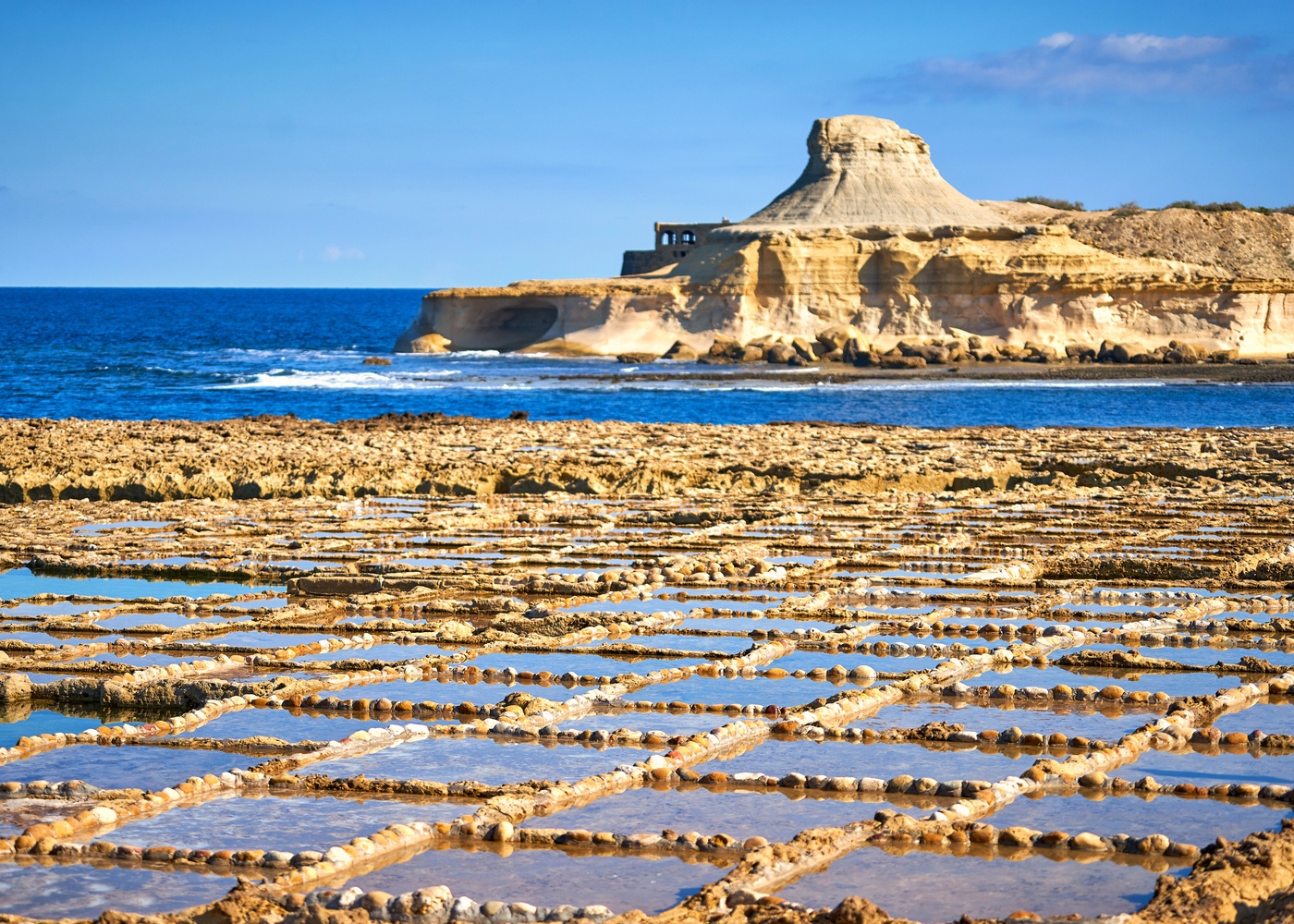
9 ways to make your safari more sustainable
Safari tourism gets a mixed press from environmental groups. Most see visitors as a force for good, helping to fund national parks and conservation efforts across Africa. The flip side of the coin?
Posted on :
Mass tourism can exacerbate water shortages, draw funds away from local communities and negatively impact the wildlife that it depends on.
Here’s how to plan a trip that makes a difference – in a good way.
1. Pick the right provider
Plenty of safari operators flaunt their eco credentials, but some have more basis for those claims than others. Look for lodges that use renewable energy sources, deal responsibly with waste and work actively to preserve the surrounding environment. Projects with strong local connections (particularly the community-run conservancies found in Namibia and Kenya) tend to be serious about sustainability.
2. Go remote
Poaching is one of the biggest threats to endangered African wildlife. Famous reserves have the funds and the staff to fight the problem, but remoter parks with fewer visitors struggle to keep poachers at bay. Entrance fees help pay for conservation efforts and it makes sense to direct your cash where it’s needed. Think far-flung reserves such as Selous and Ruaha in Tanzania.
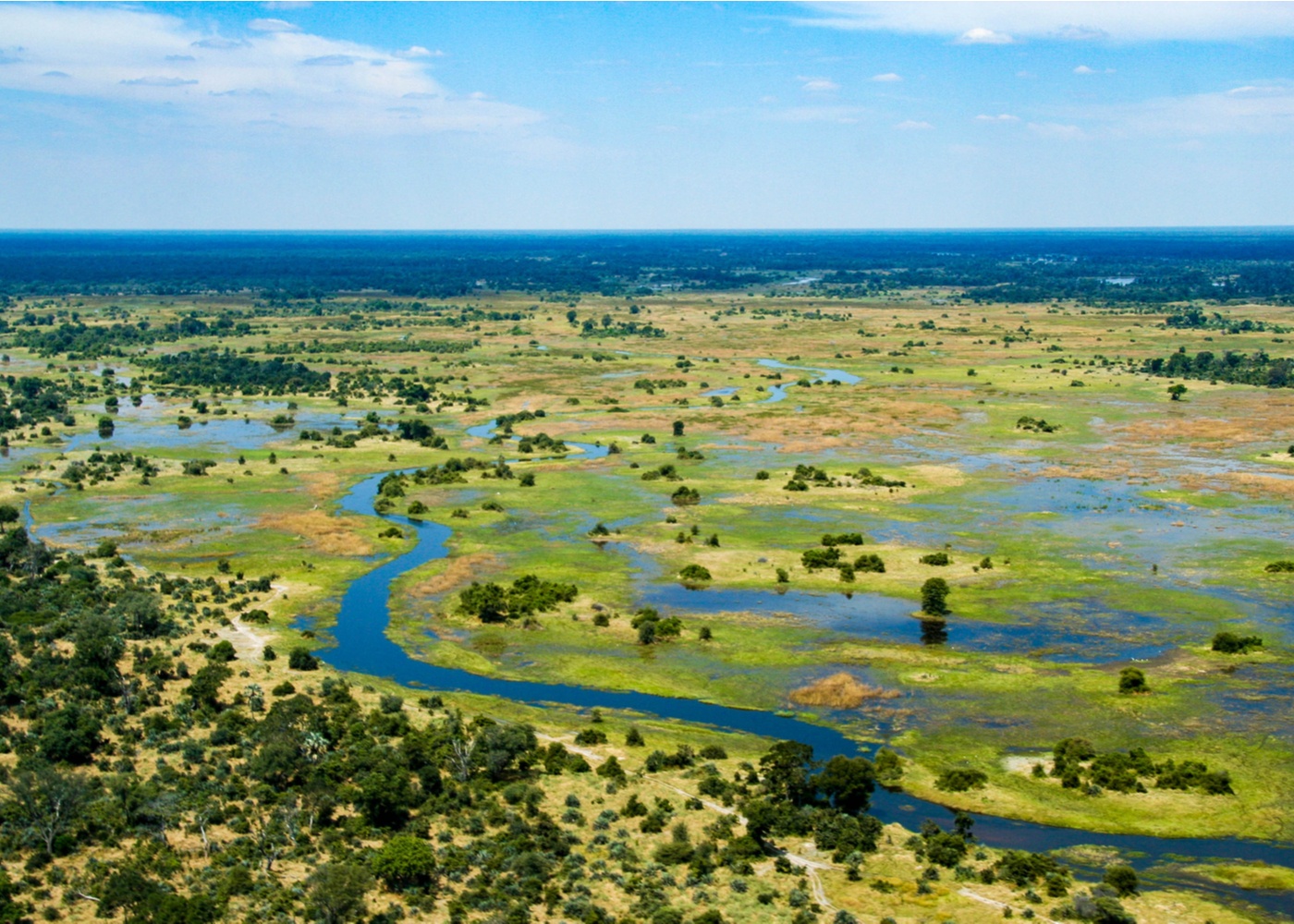
3. Keep your distance
We’ve all seen the Instagram snaps of cheetahs leaping onto car bonnets and giraffes communing with tourists through Jeep windows. Close encounters are part of the safari magic – but don’t be tempted to push yourself on a reluctant animal for the perfect photo op. Keeping a healthy distance allows wild animals to stay wild. On the same note, treat operators offering cub petting and ‘walking with lions’ experiences with extreme caution.
4. Leave no trace
It’s the first rule of outdoor-lover’s code: take only pictures, leave only footprints. Nobody wants to see crisp wrappers drifting across the Serengeti or plastic bottles clogging up a watering hole. Champion the environment by keeping trash under wraps and disposing of it responsibly.
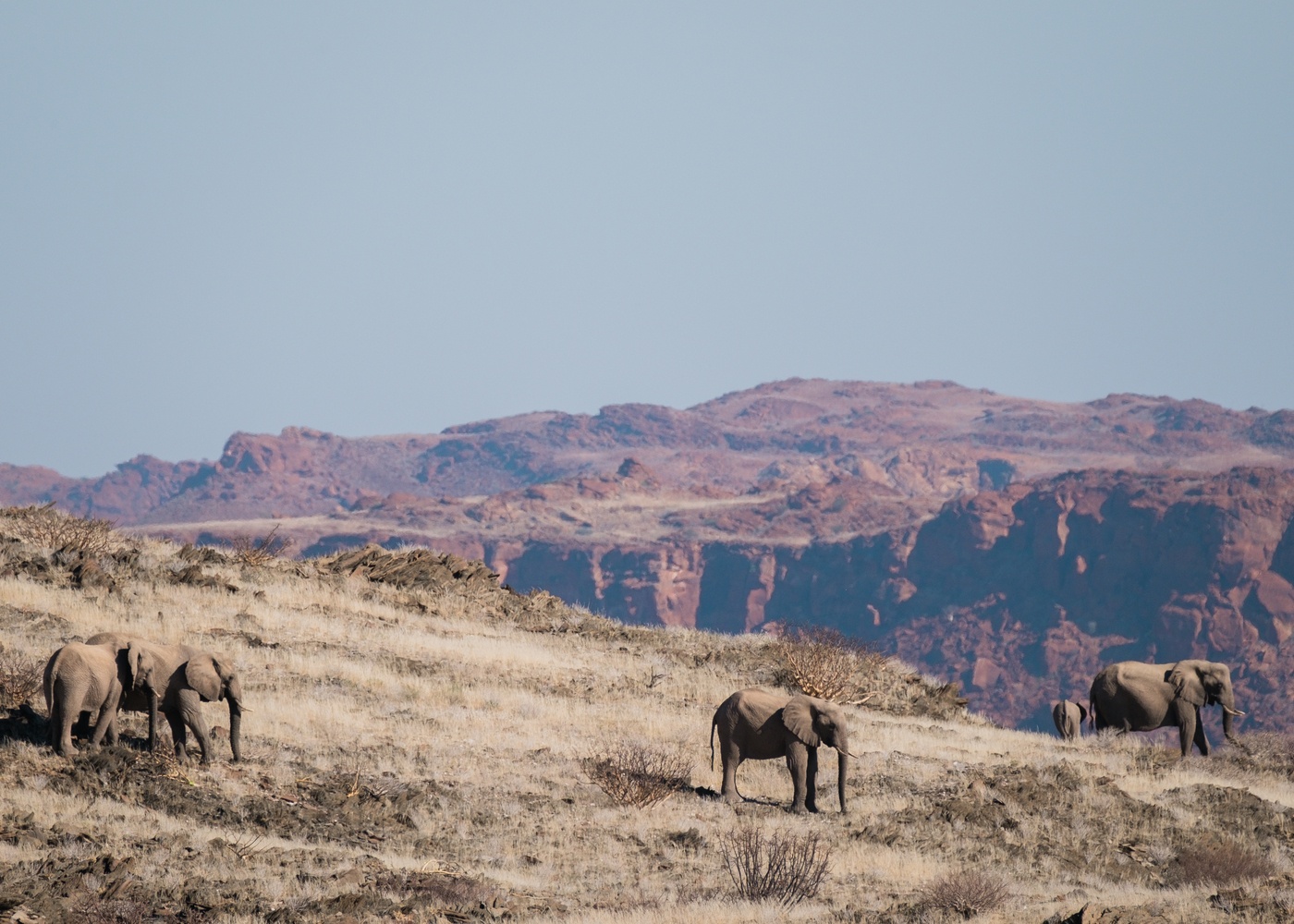
5. Support local charities
Smaller conservation schemes and charities depend heavily on the tourist dollar. Some operators donate a percentage of their profits to local conservation groups, but there are other ways to make a difference. Got some free space in your suitcase? Use it to transport much-needed supplies to African communities through an organisation such as Pack for a Purpose. Visiting local conservation projects will also help direct your cash where it’s most needed.
6. Save on water
There are water shortages in many traditional safari destinations, including South Africa, Tanzania and Kenya. That’s why it’s so crucial to be mindful of your water usage. Shower instead of bathing, reuse towels and stay at lodges that subscribe to rainwater harvesting projects or waste-water treatment schemes.
7. Be a savvy buyer
Forget ‘made in China’ cuddly lion toys and mass-manufactured fedoras – the best souvenirs are local, handcrafted and sustainable. Buying local on safari gives a boost to remote communities. Just be sure to avoid anything made from animal products such as bone, reptile skins, feathers, fur, coral and, of course, ivory.

8. Reuse and recycle
Most safari destinations have limited recycling programmes. You can minimise the recyclable waste going to landfill by unpacking plastic-packed products before you travel and taking smaller items such as batteries home with you. Give plastic bottles the bypass. Instead, pack a reusable water bottle with an in-built filter.
9. Offset your flight
Flying long-haul is a major carbon sin, but you can reduce the damage to your eco-credentials by offsetting. While early offsetting programmes were criticised for their inefficiency, recent schemes are more effective. Some airlines let you buy ‘carbon credits’ when you purchase your ticket. If you choose to go your own road, look for projects that are transparent about how they calculate the emissions saved.

